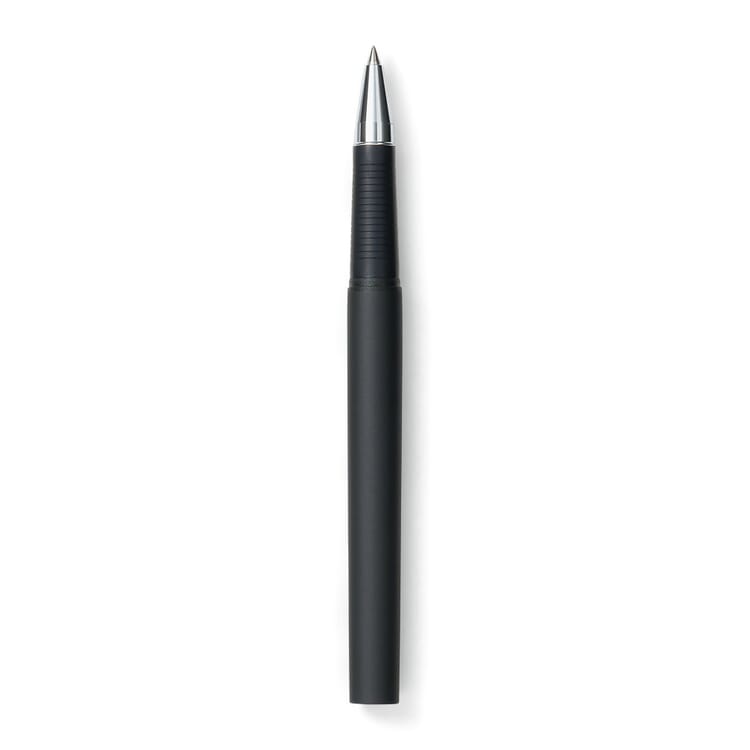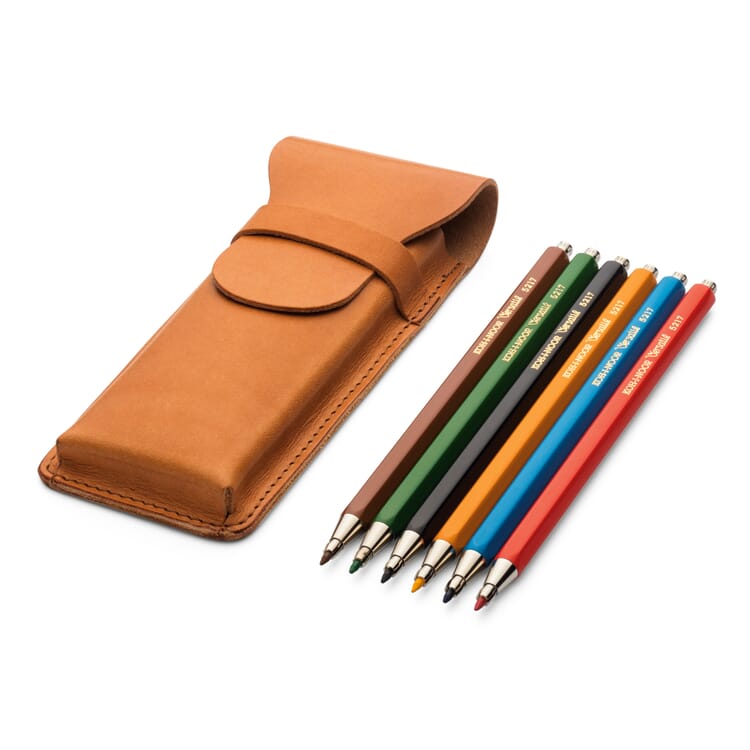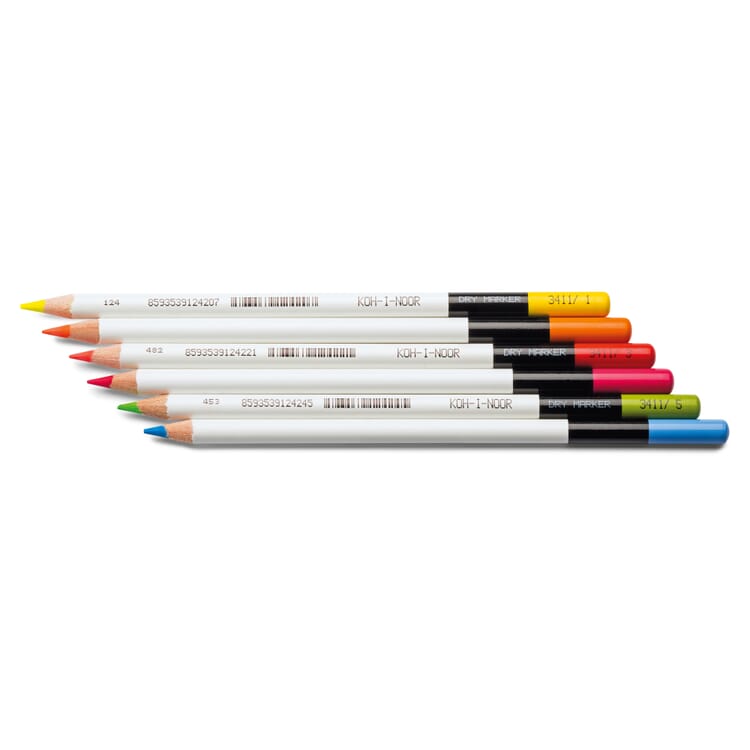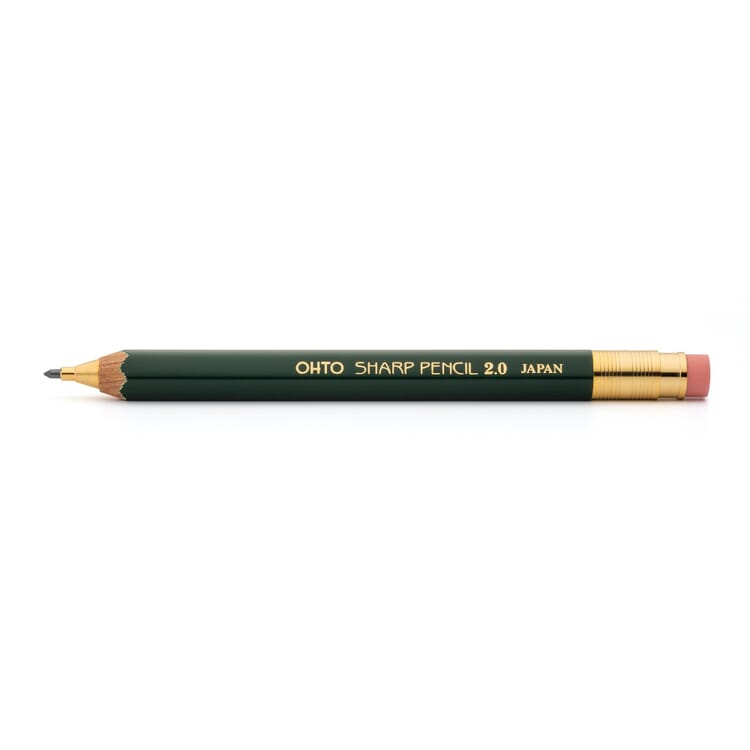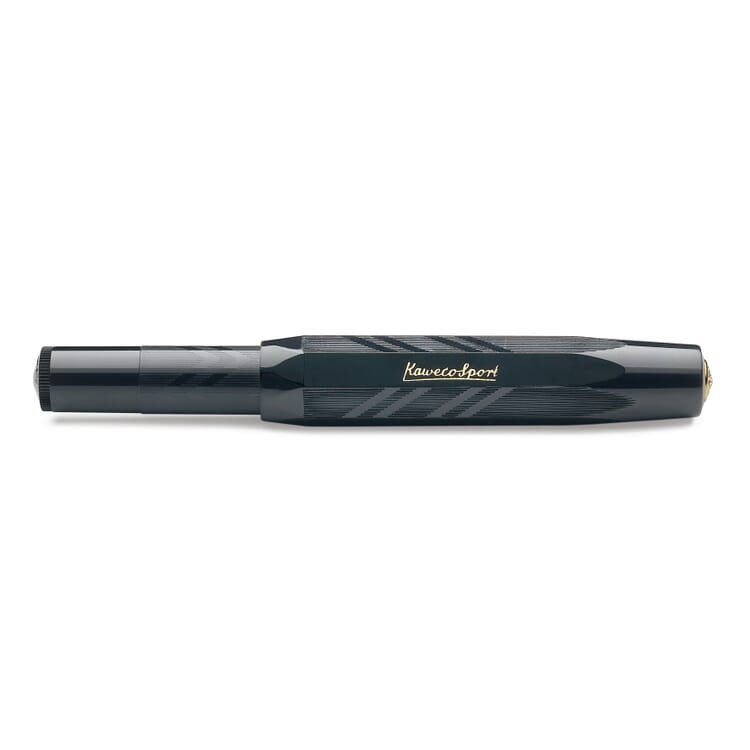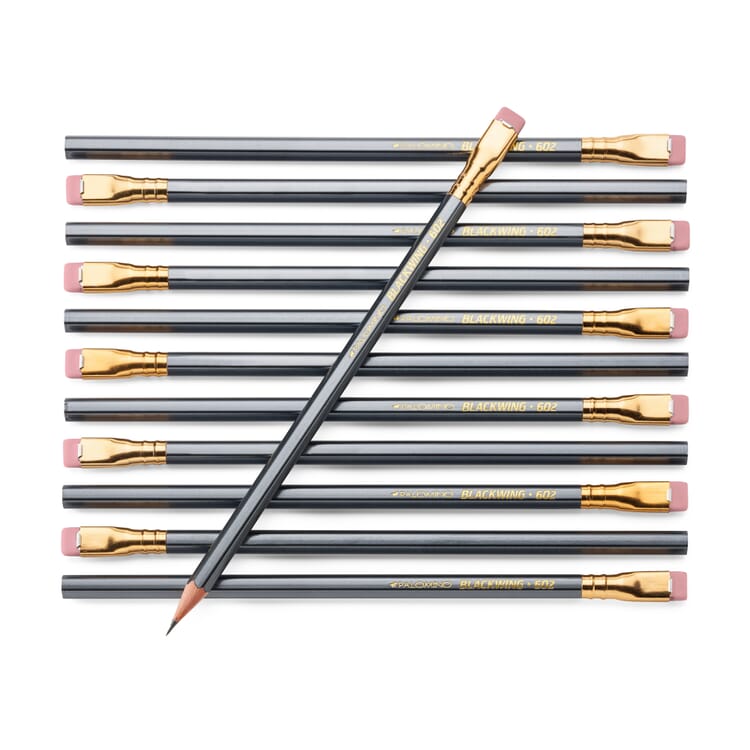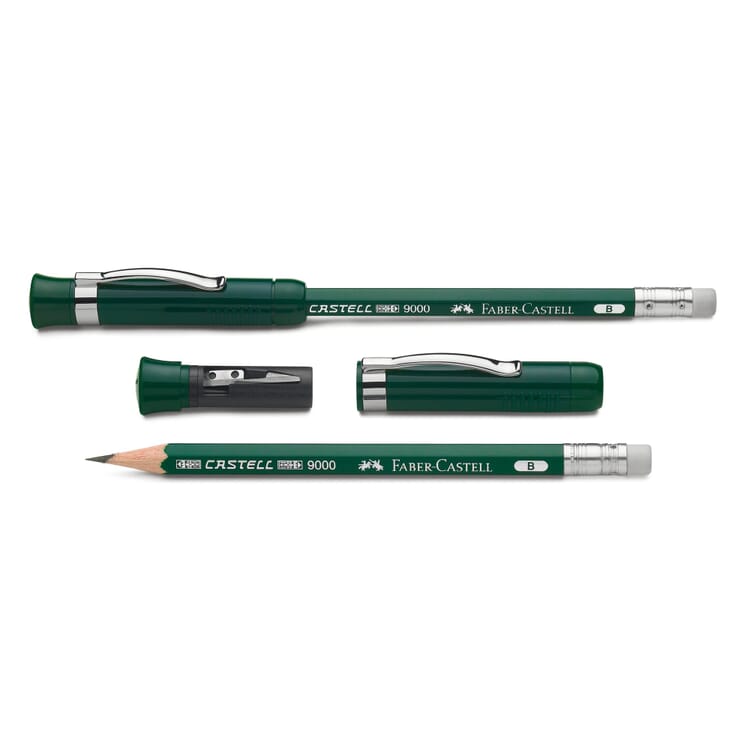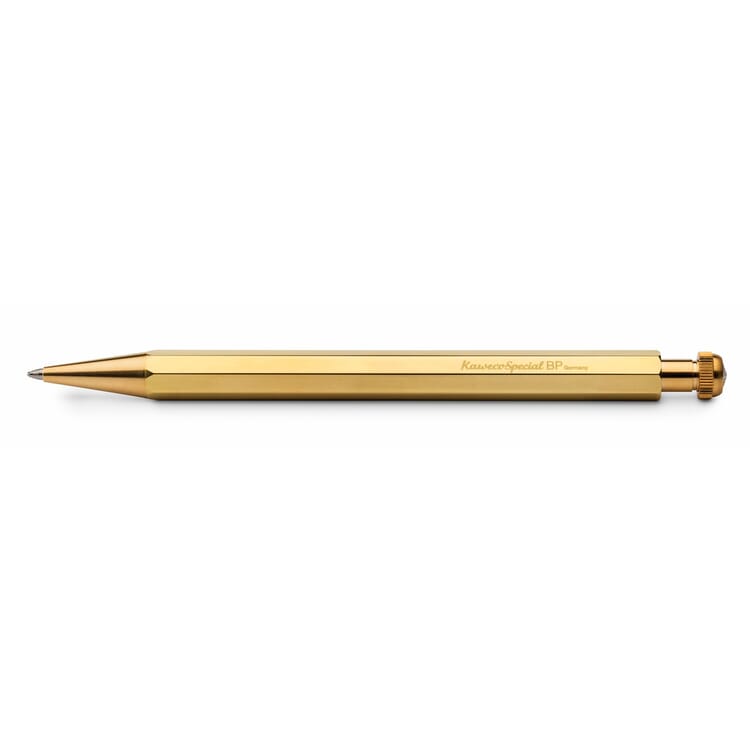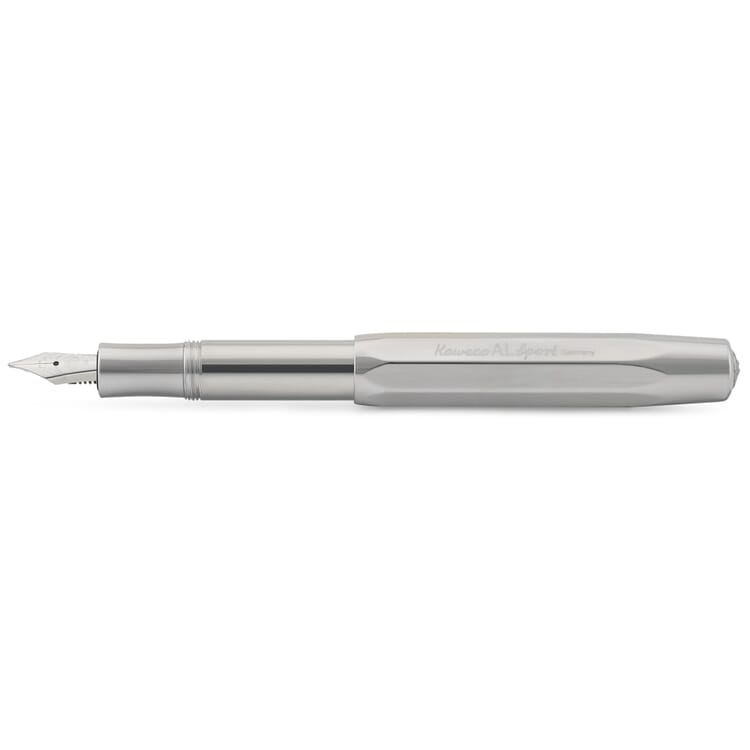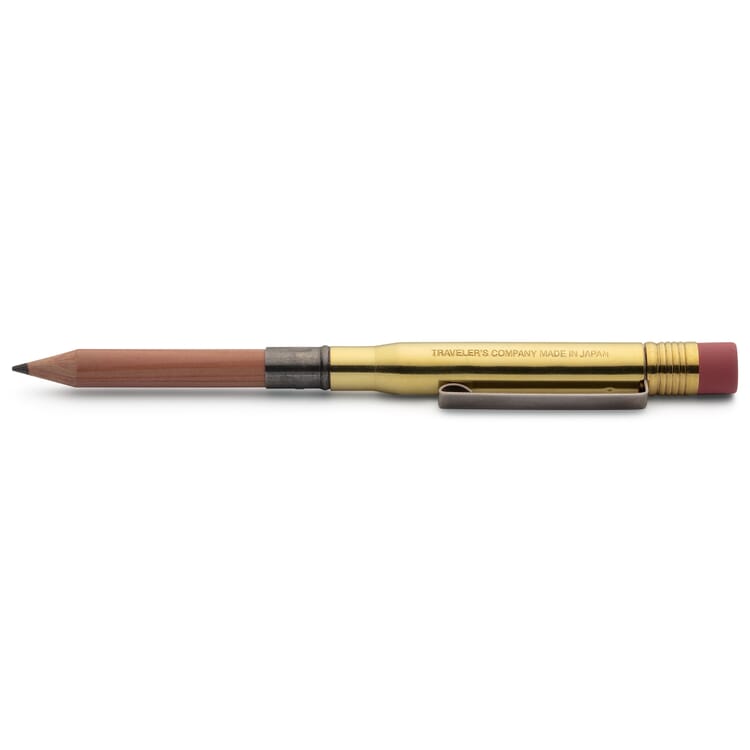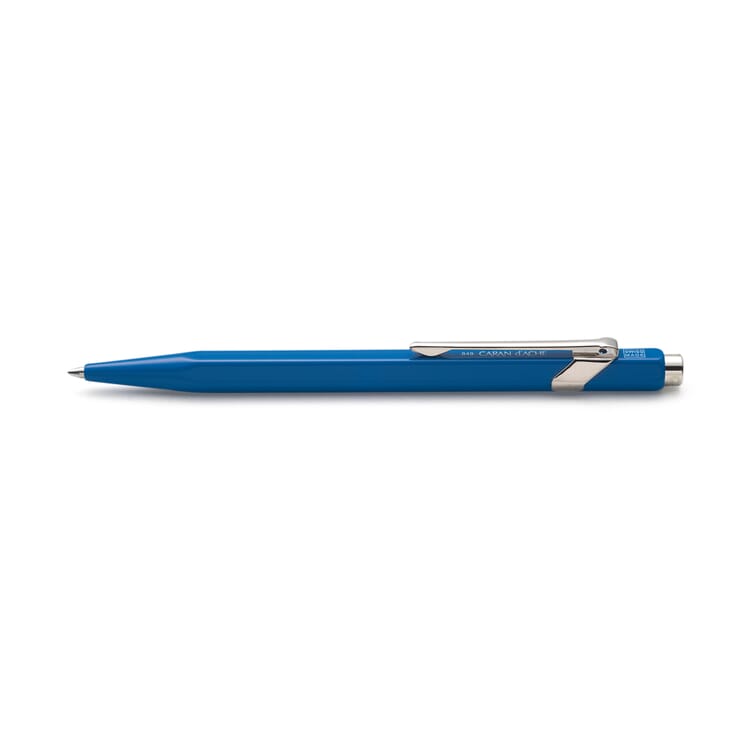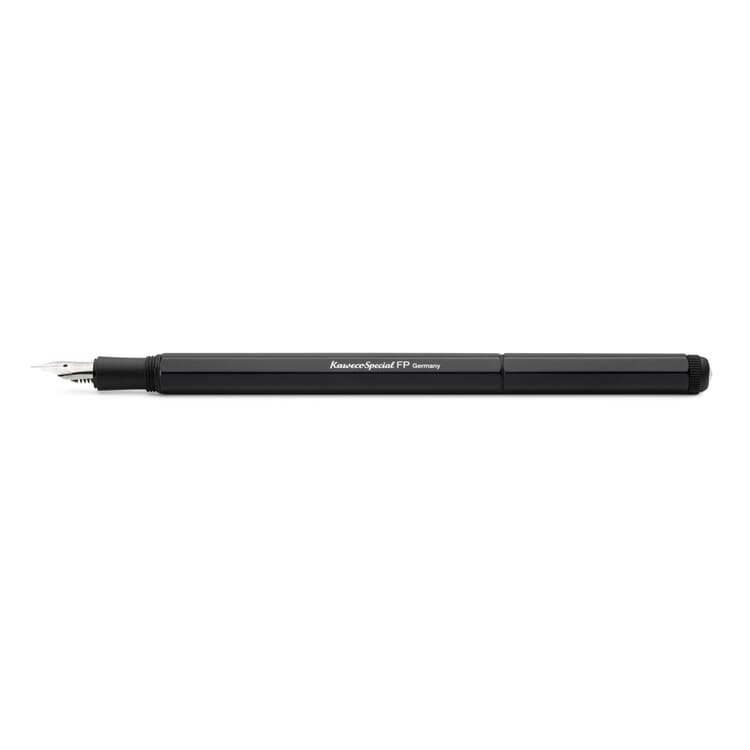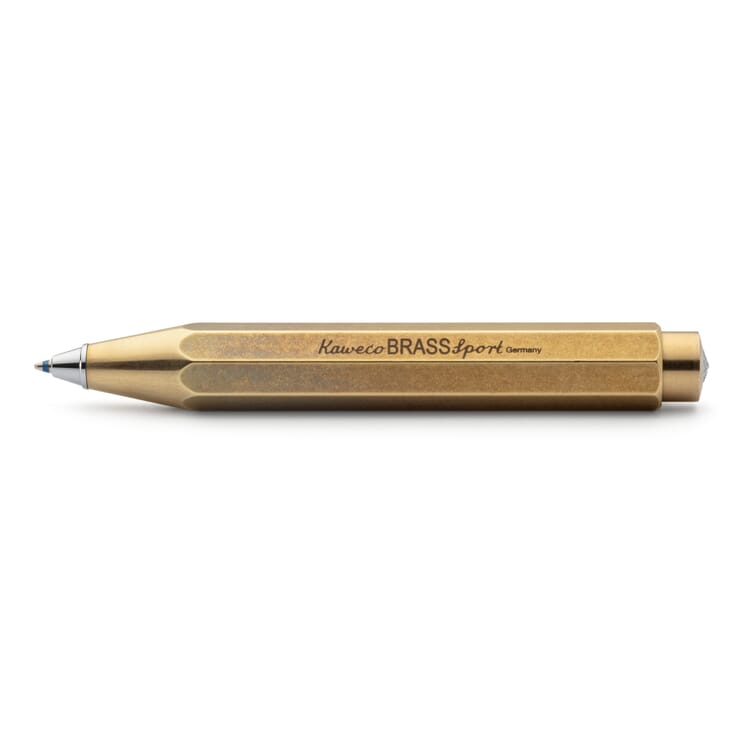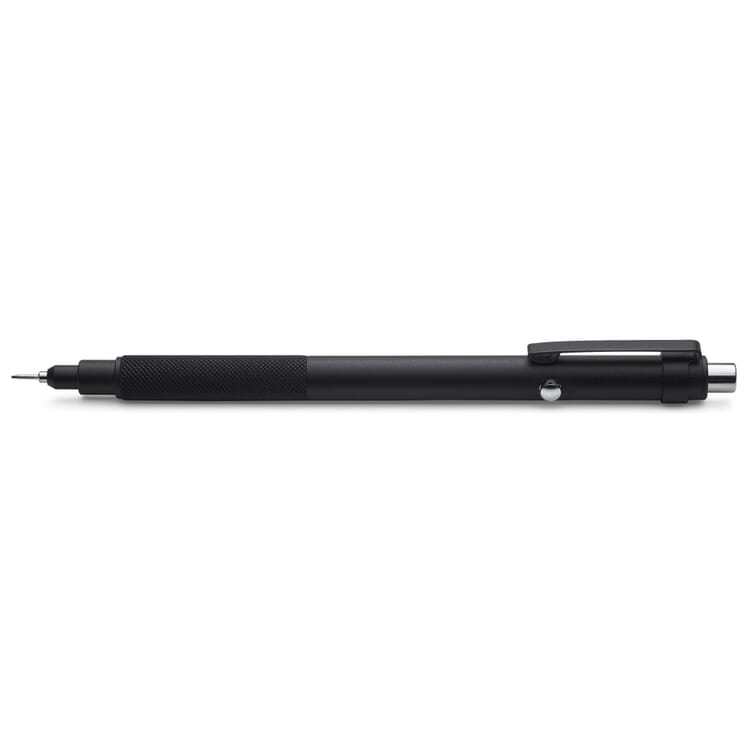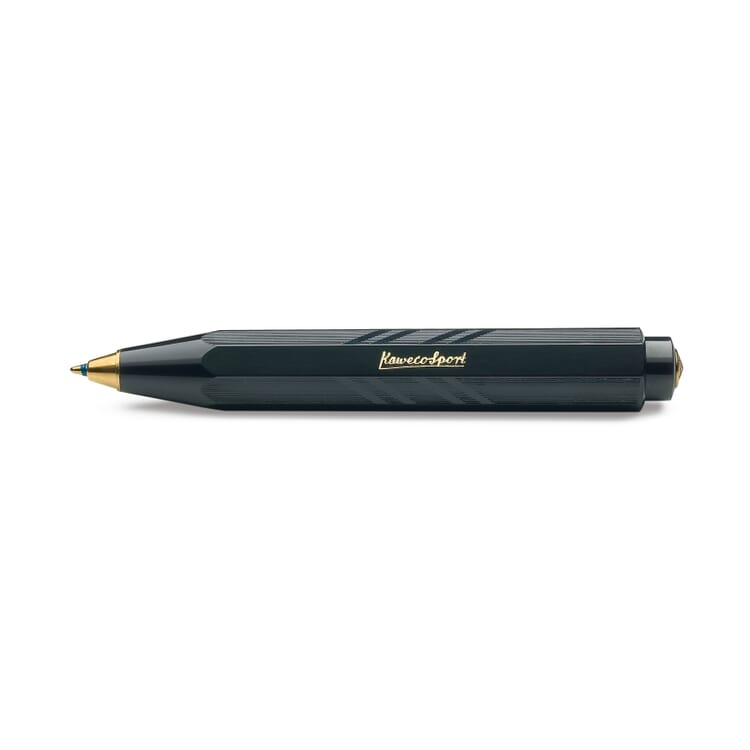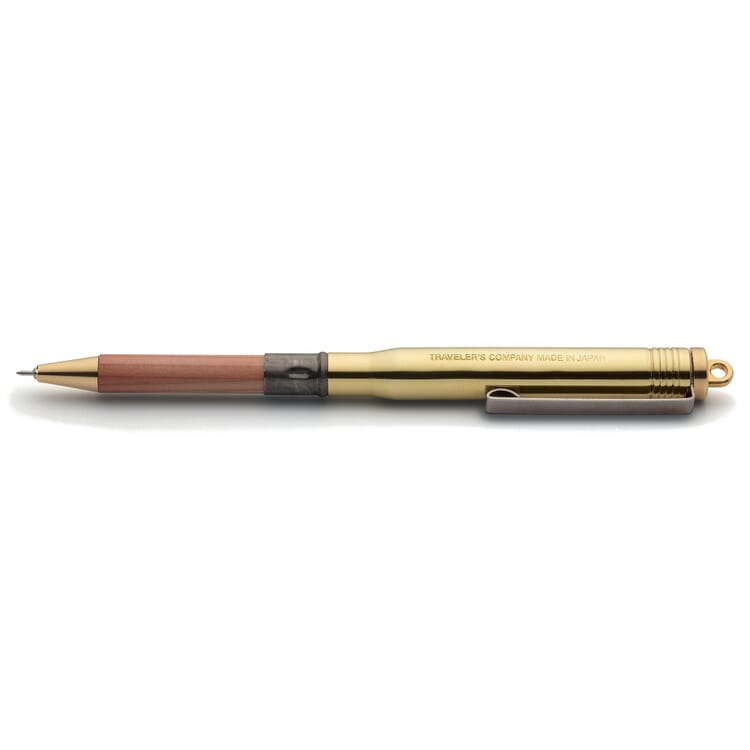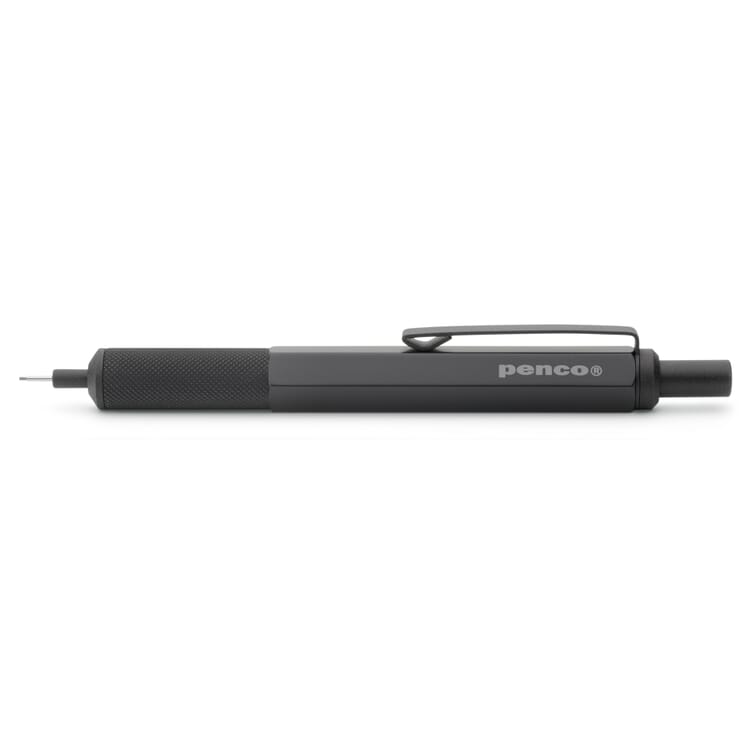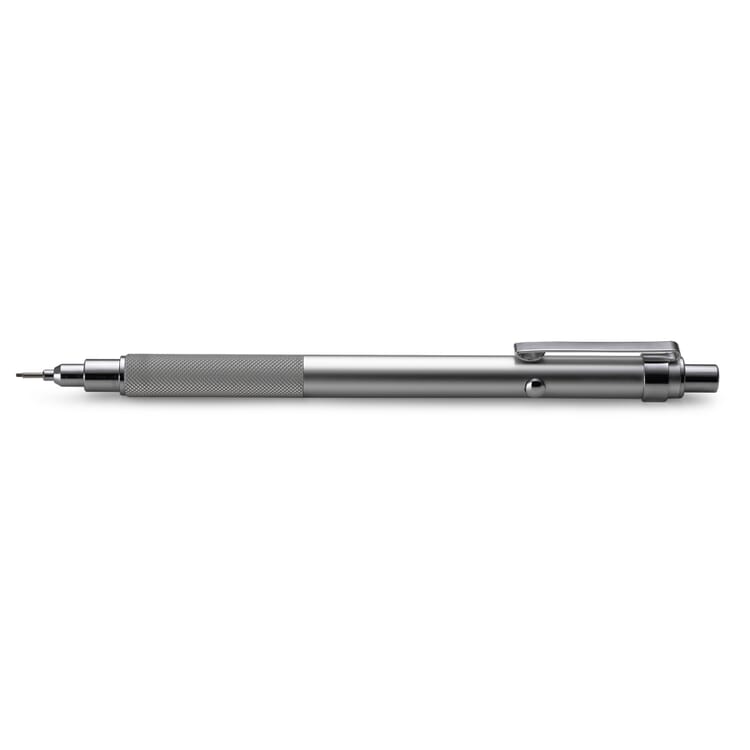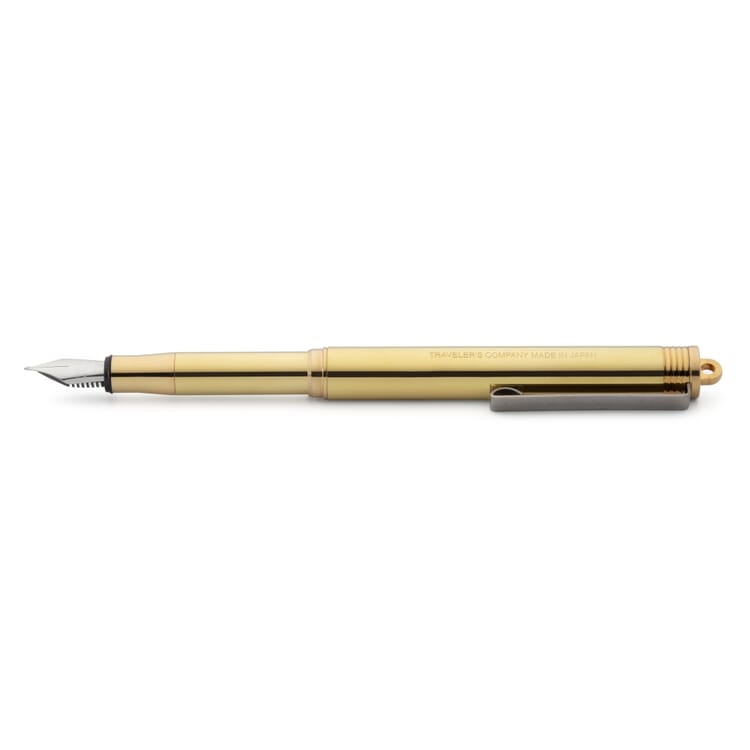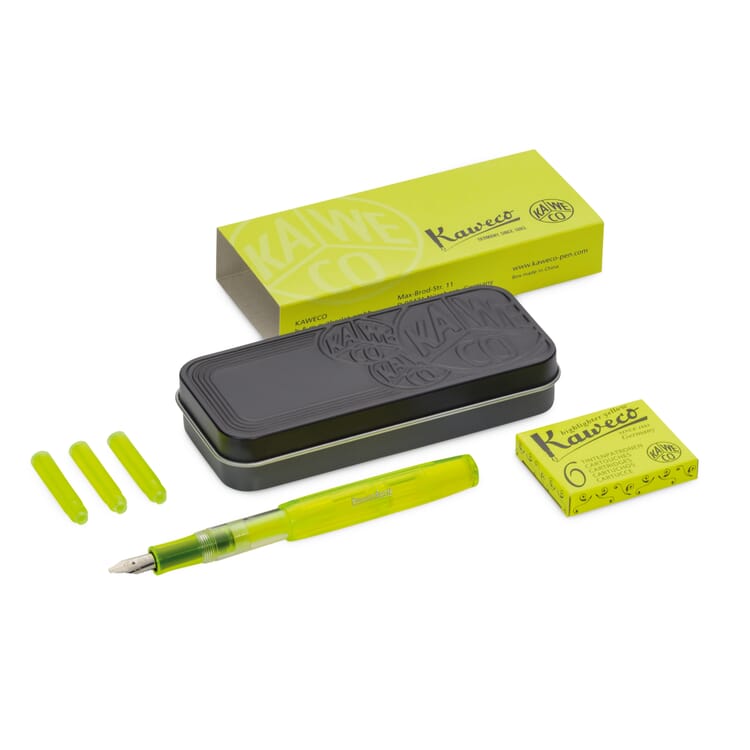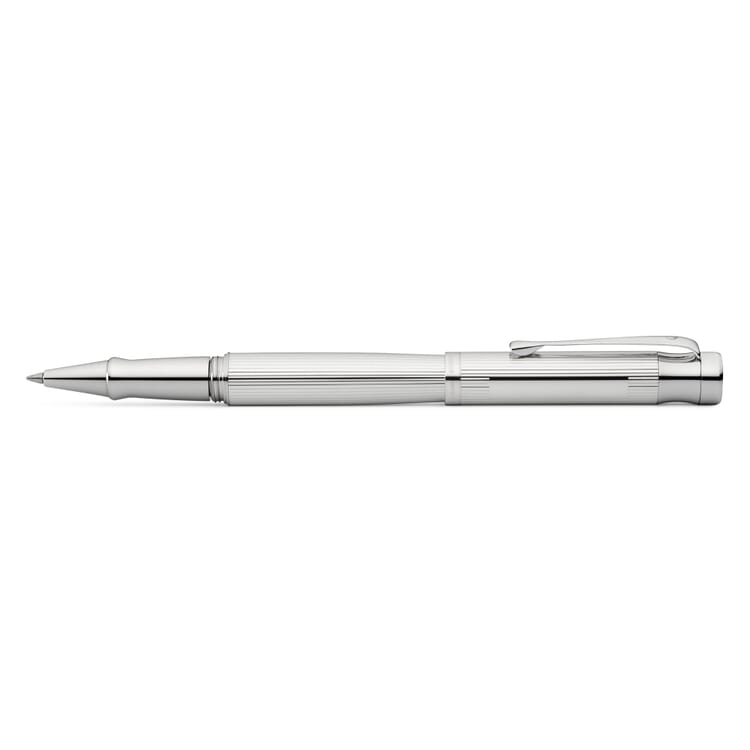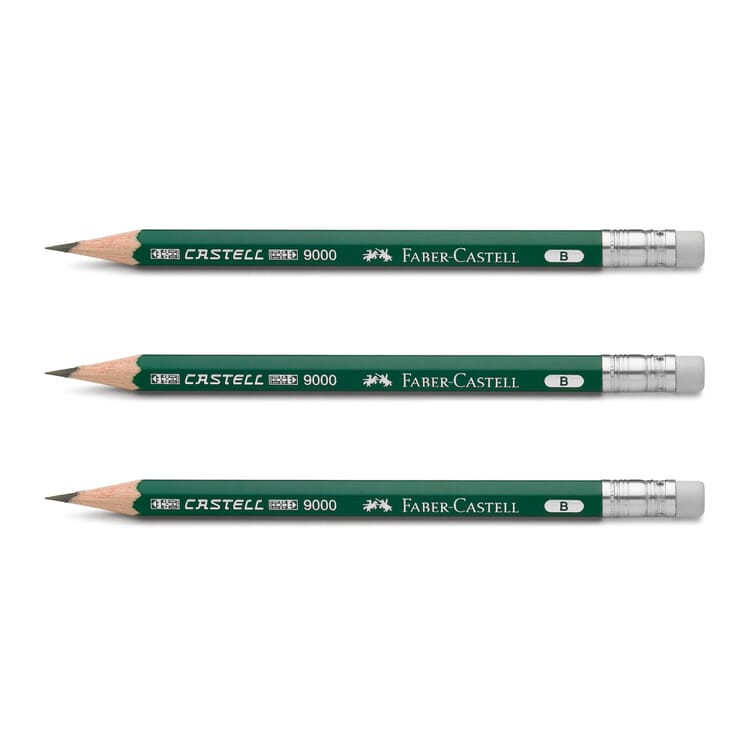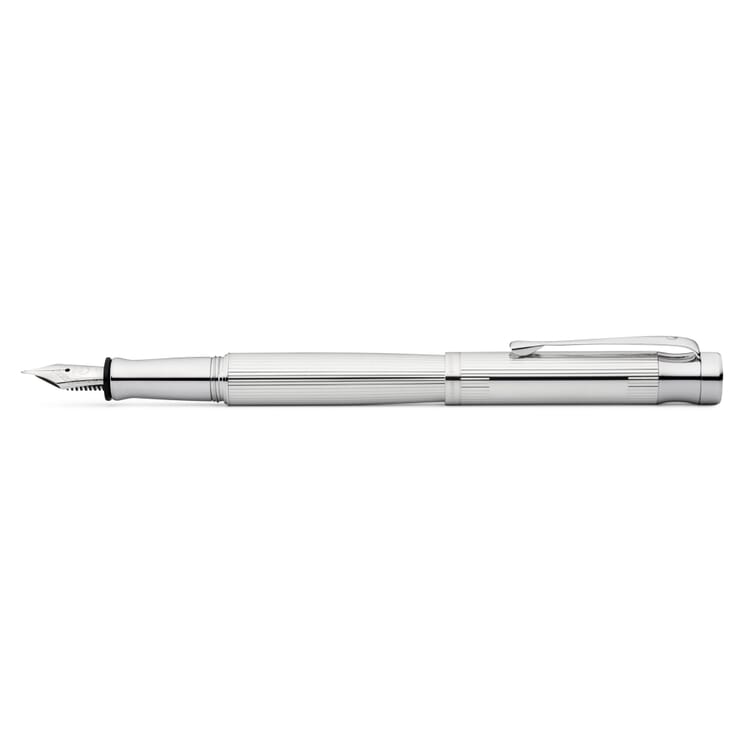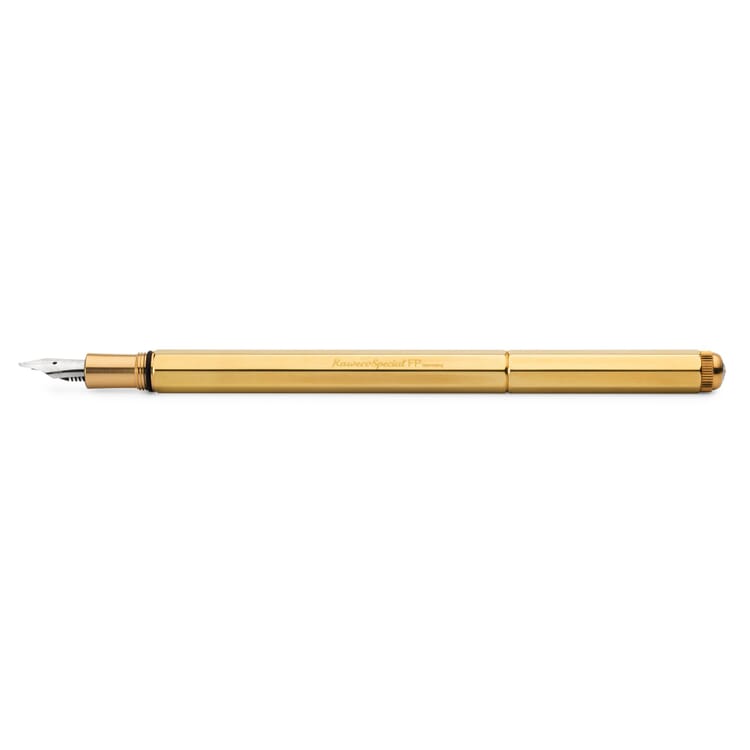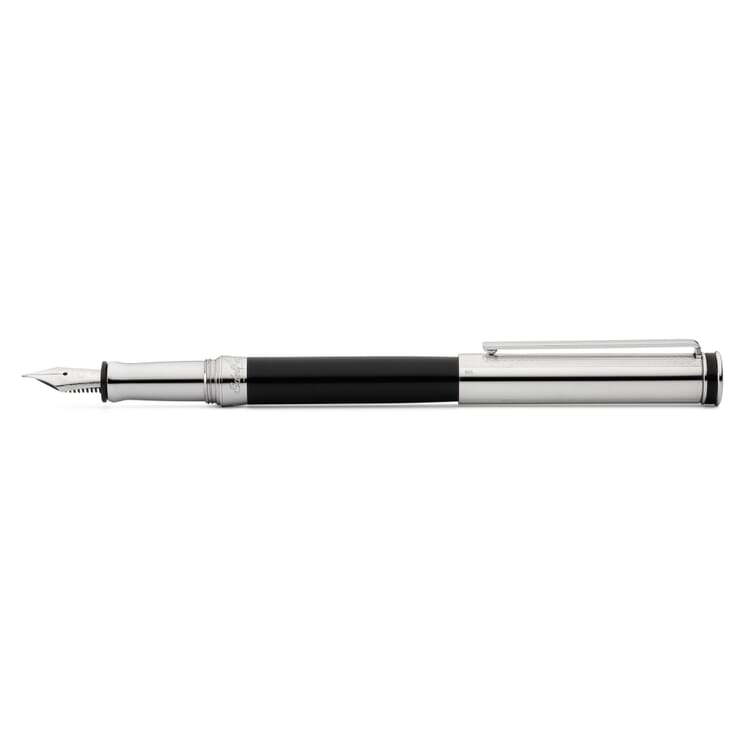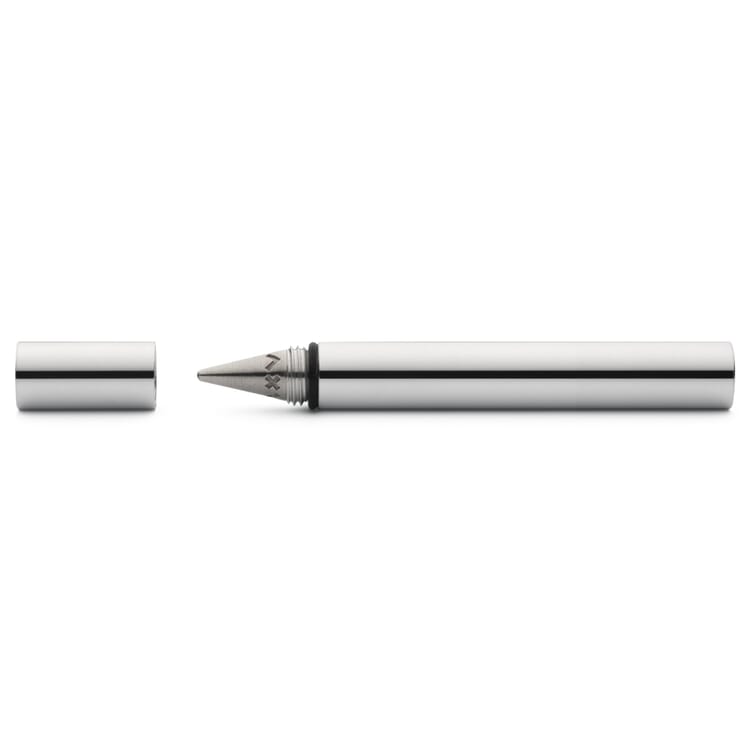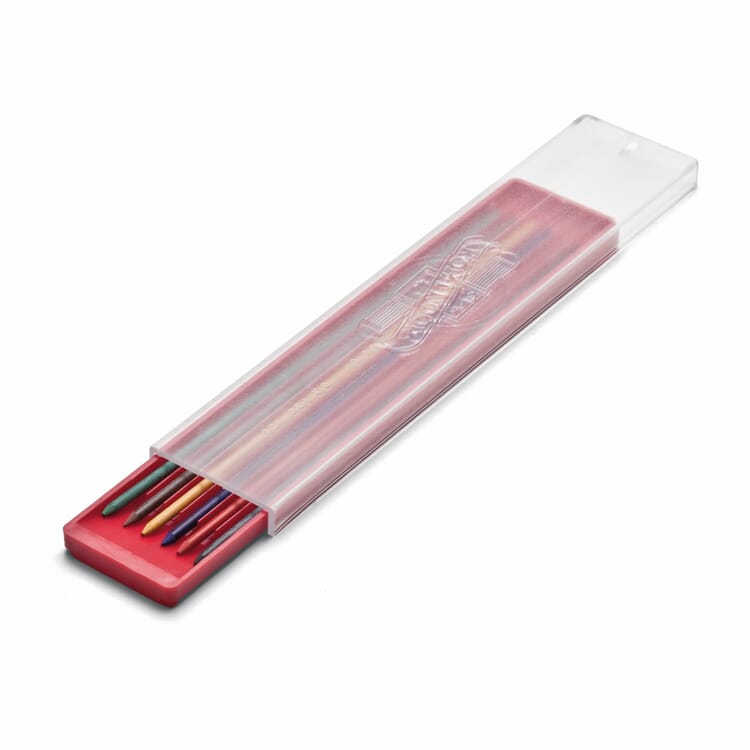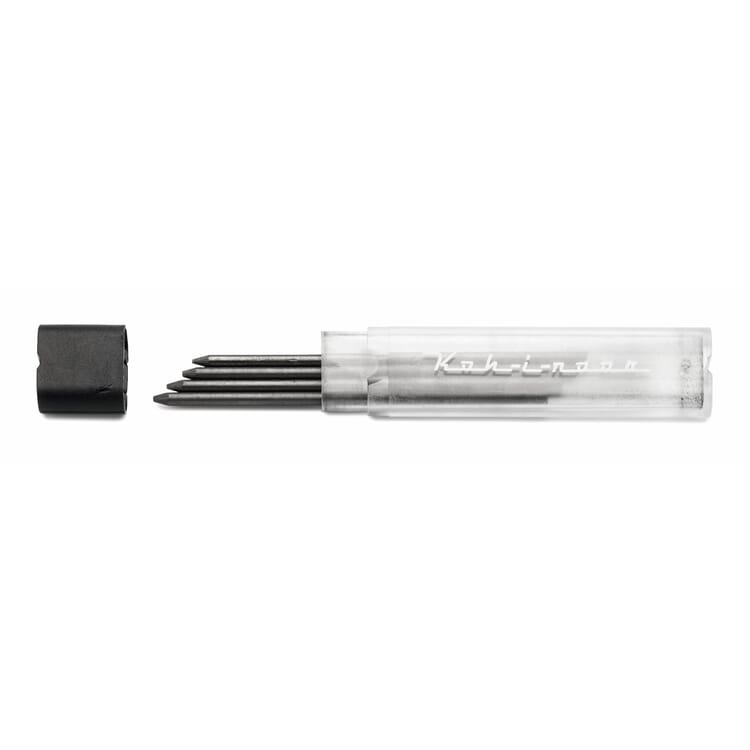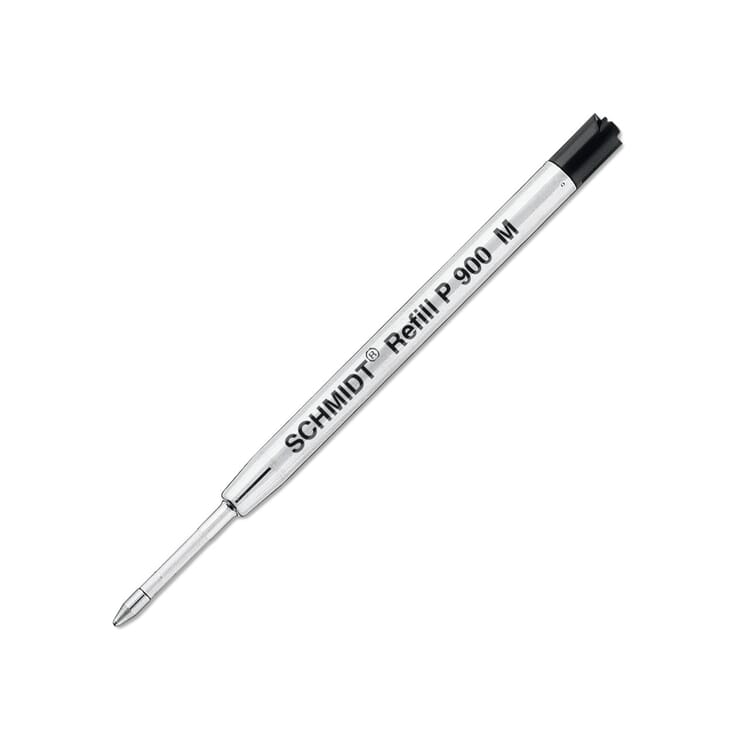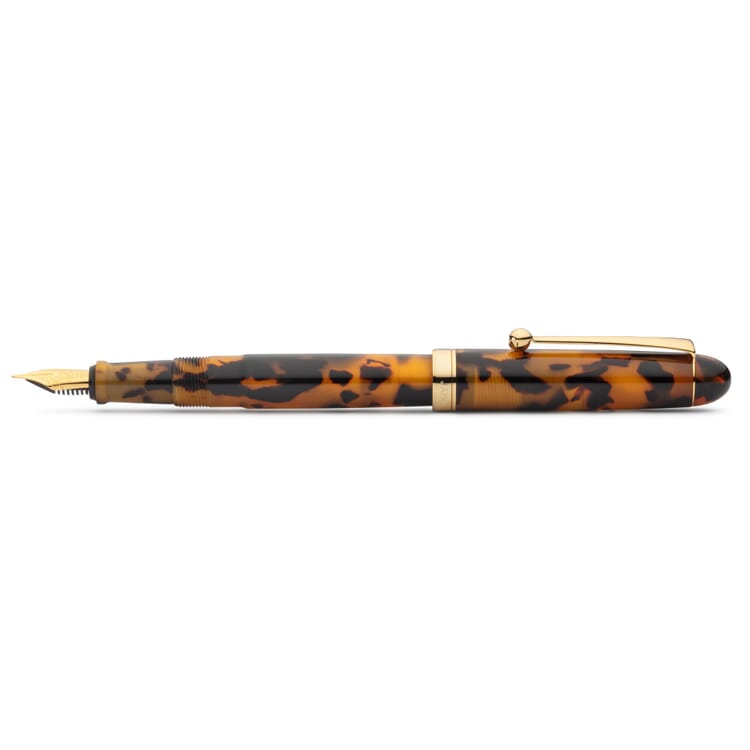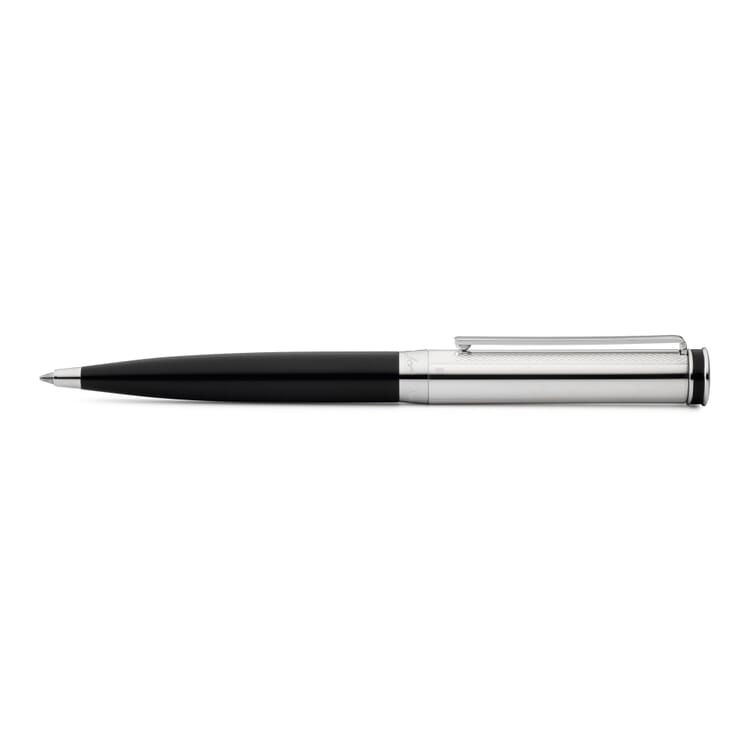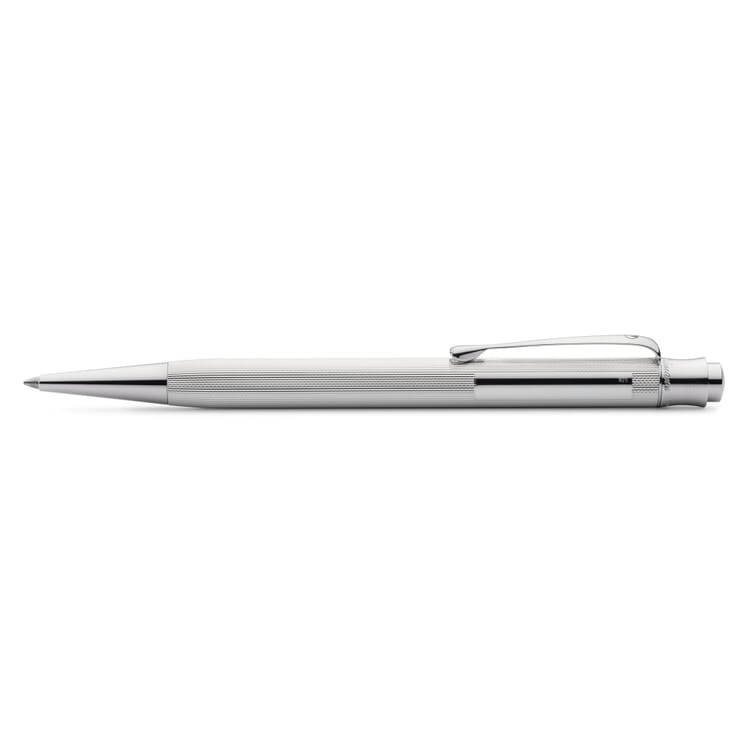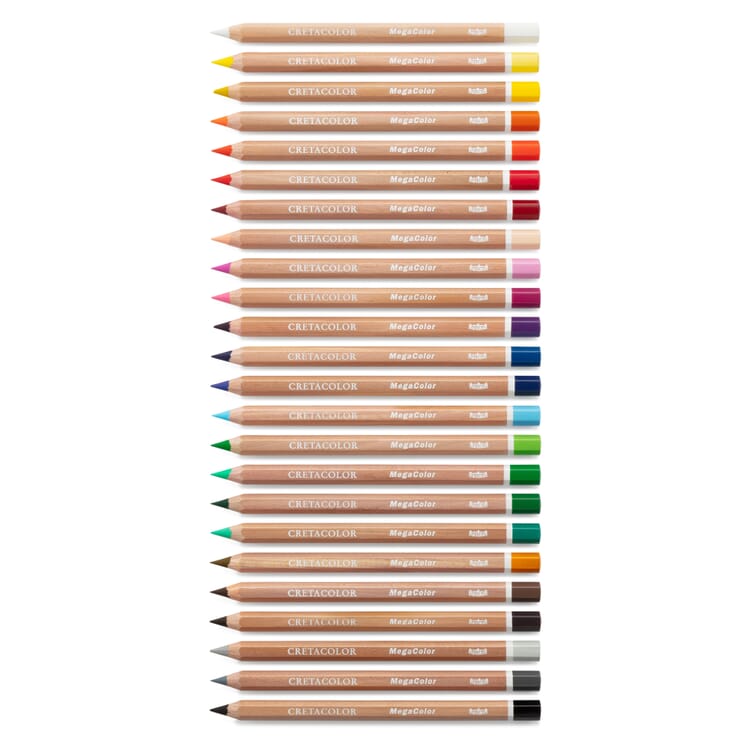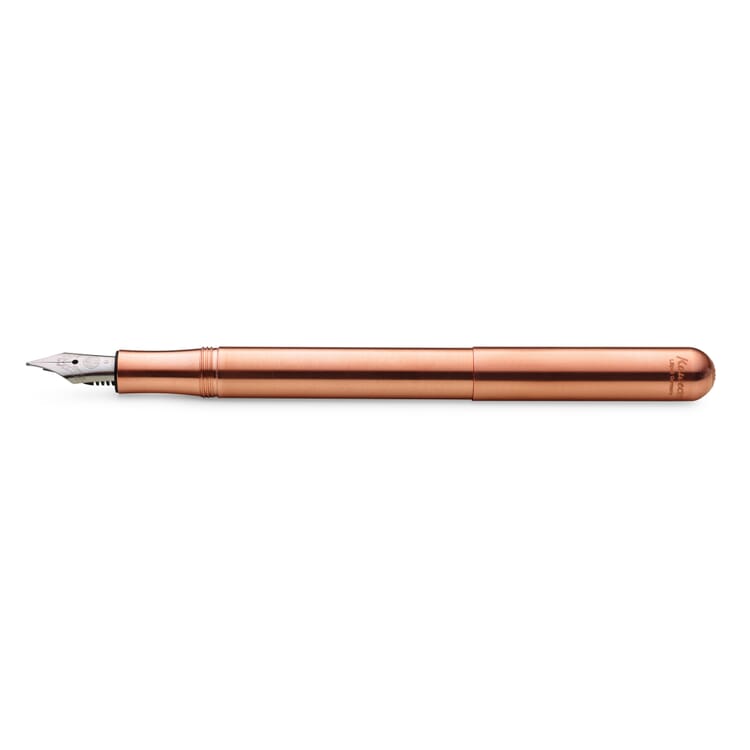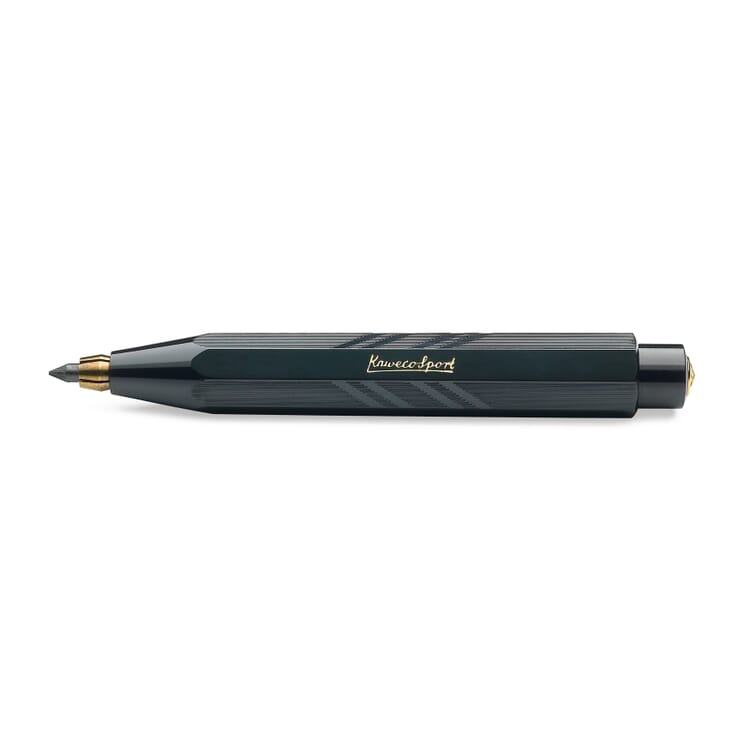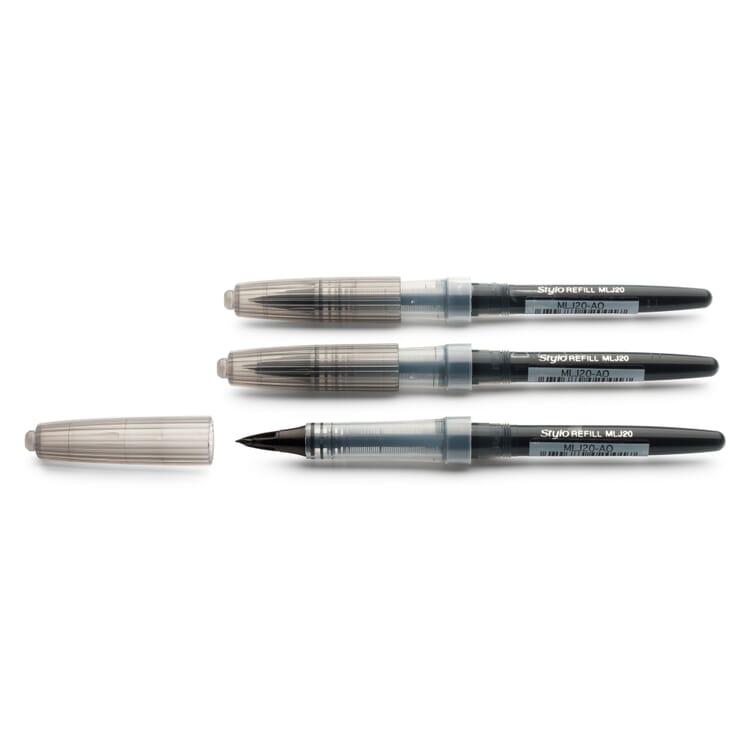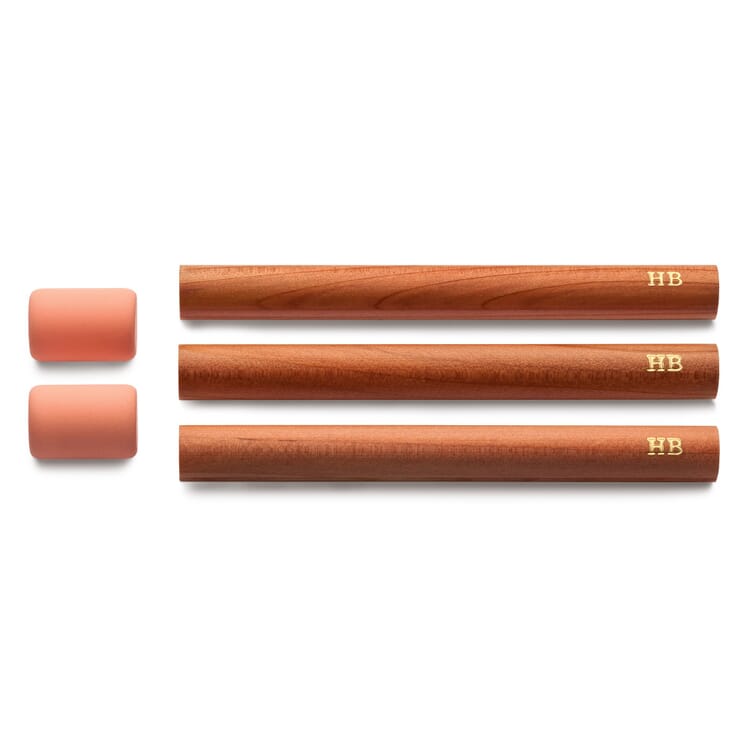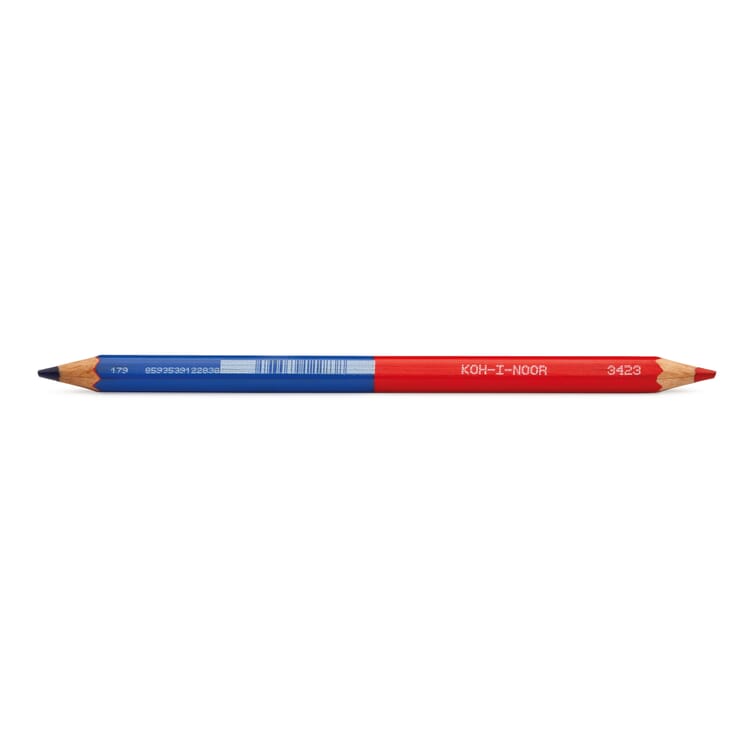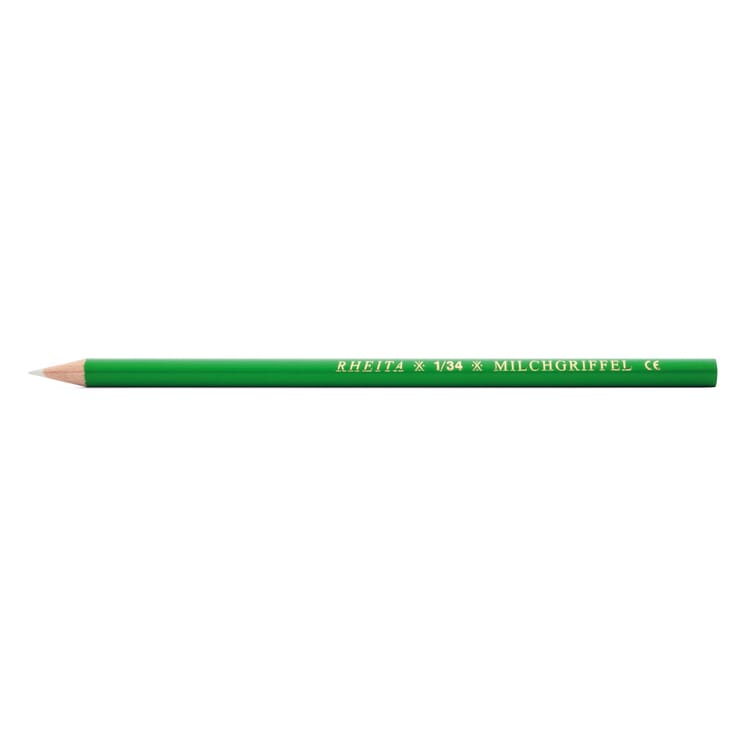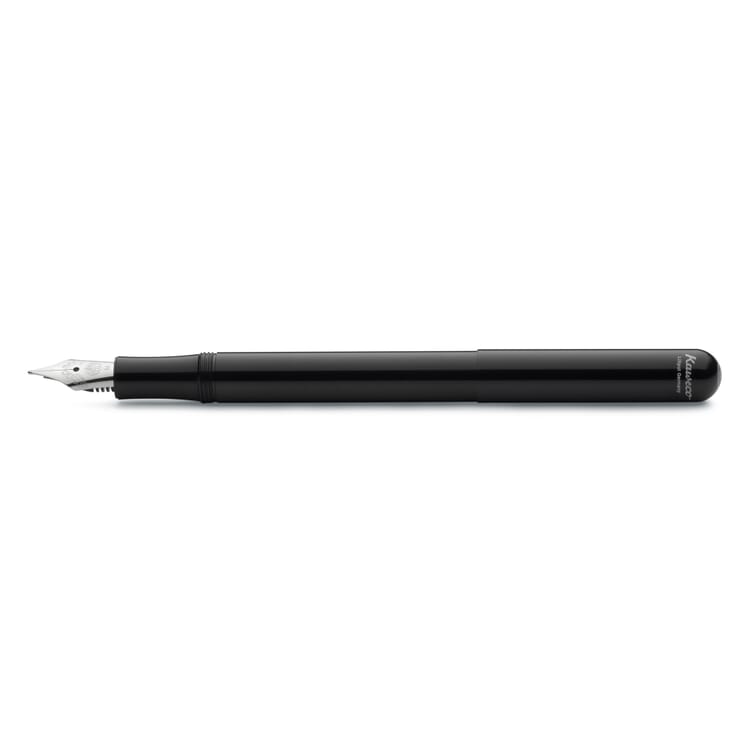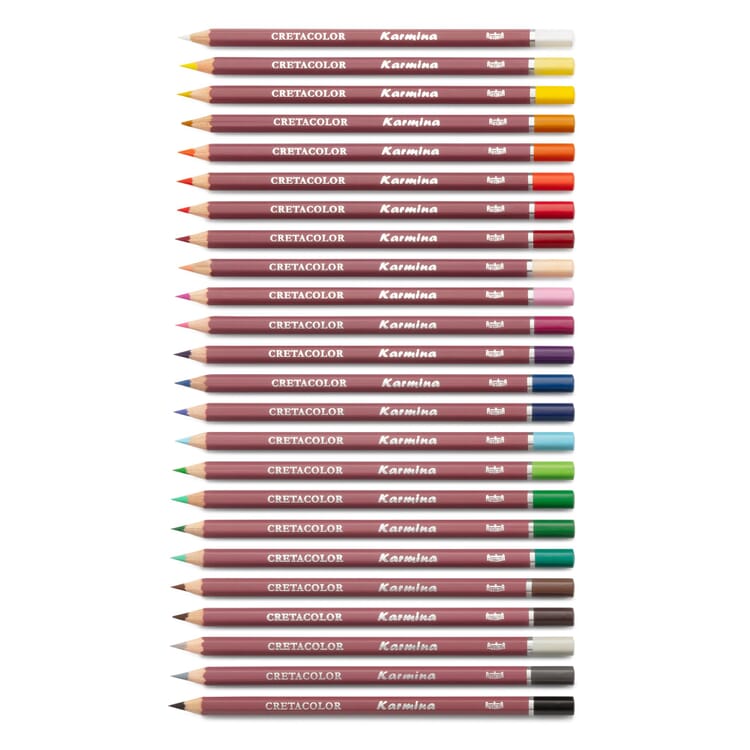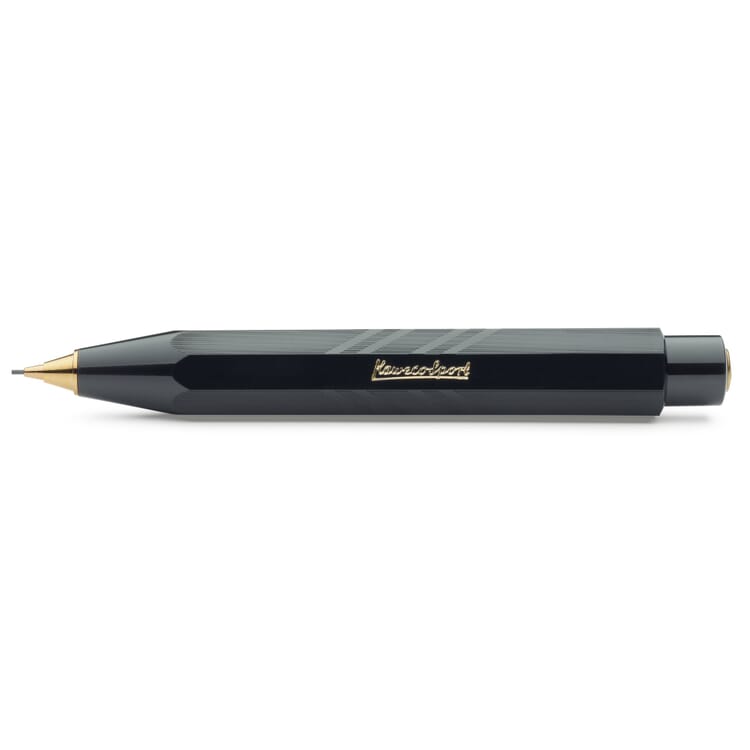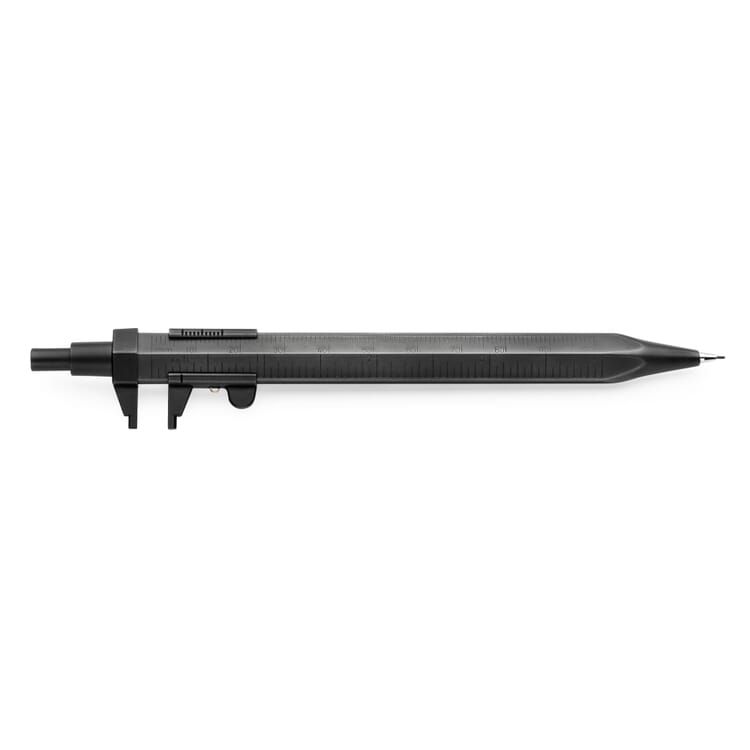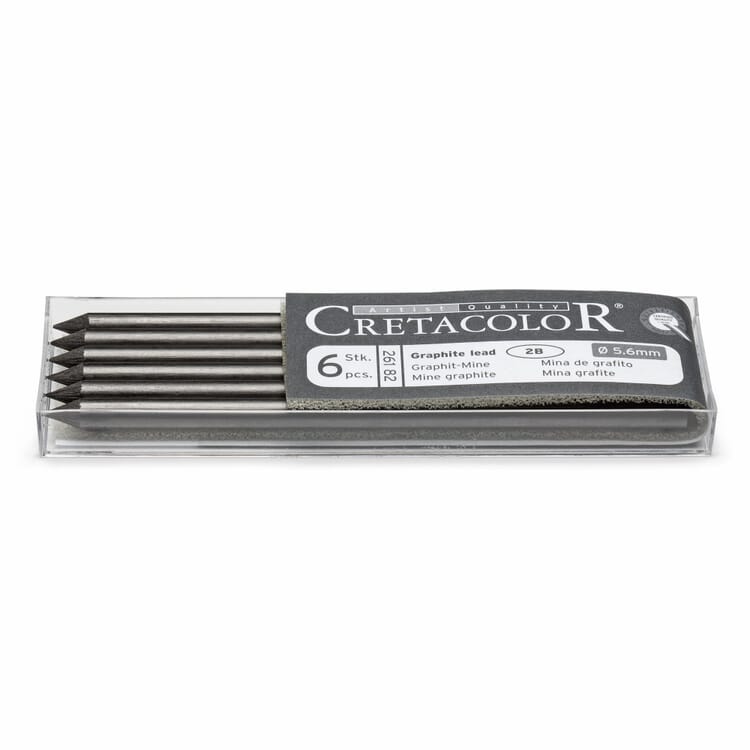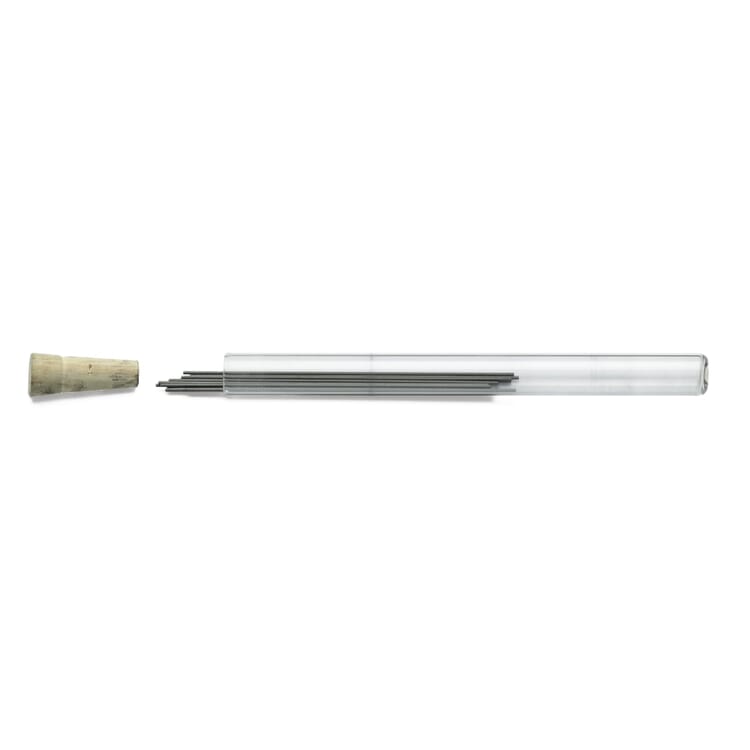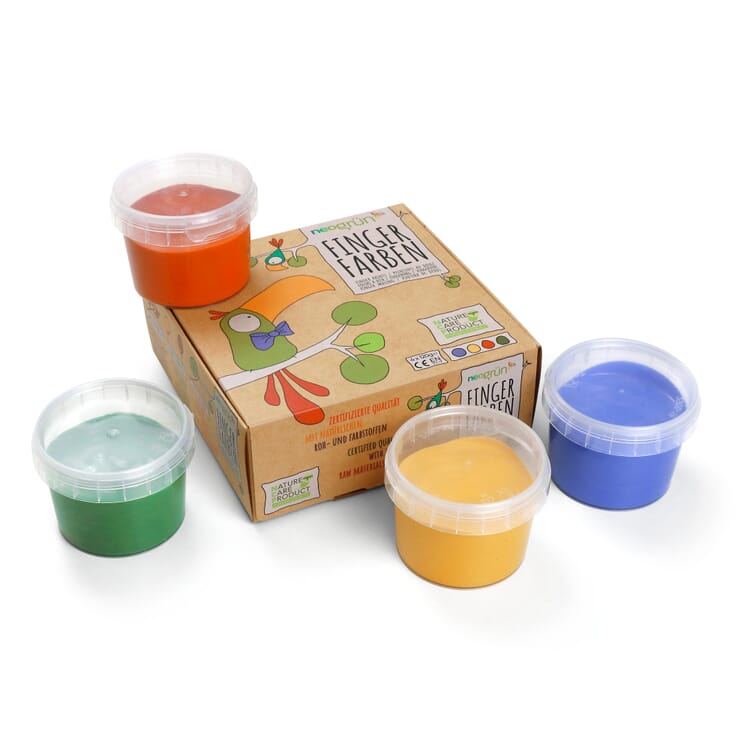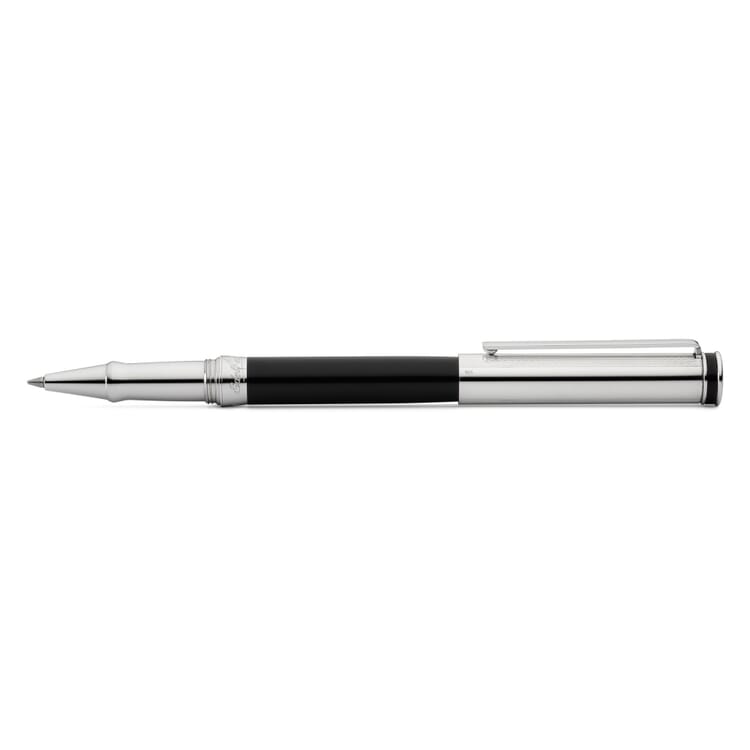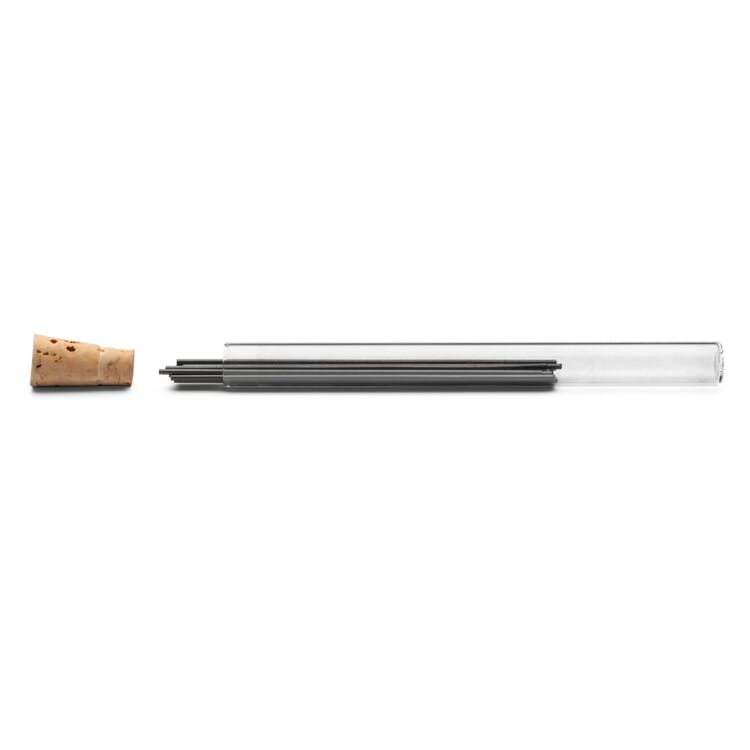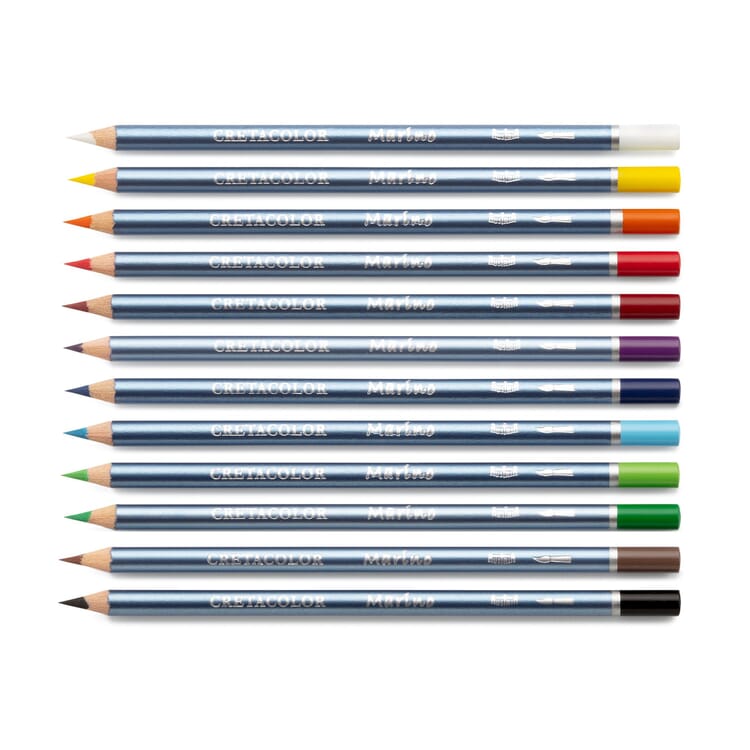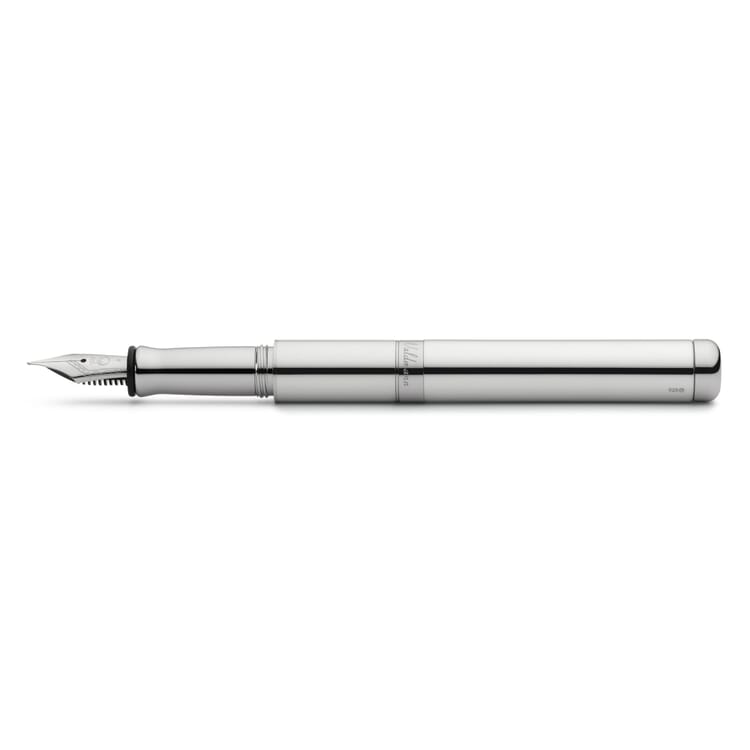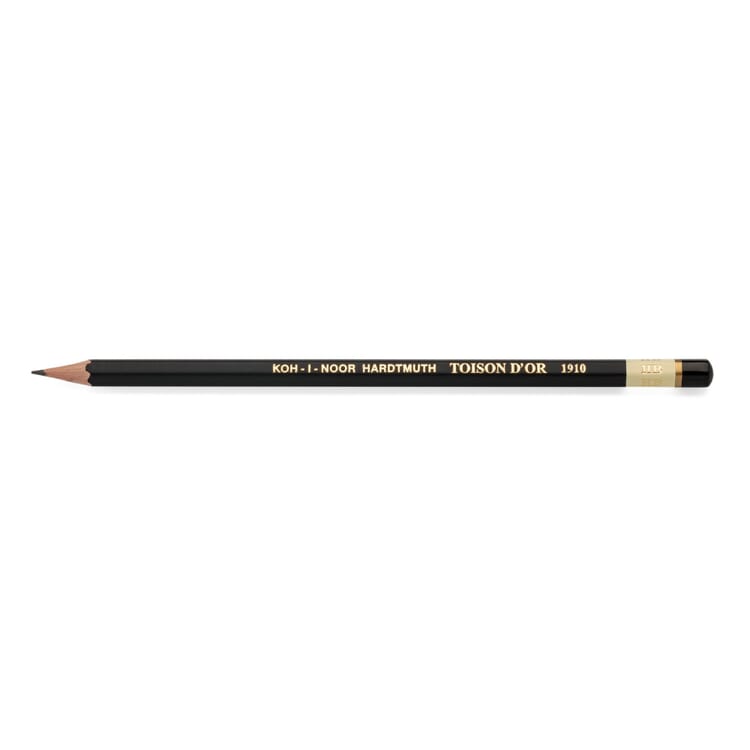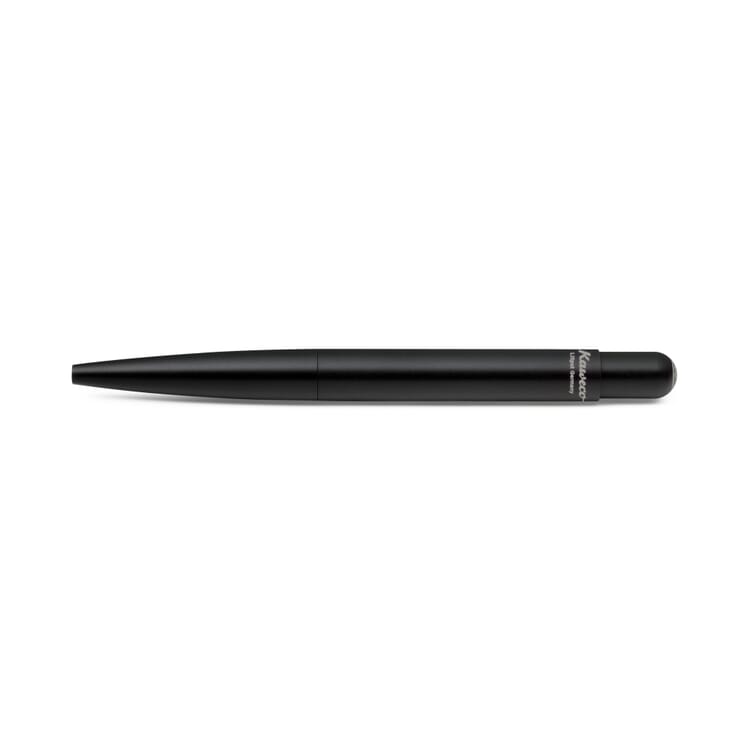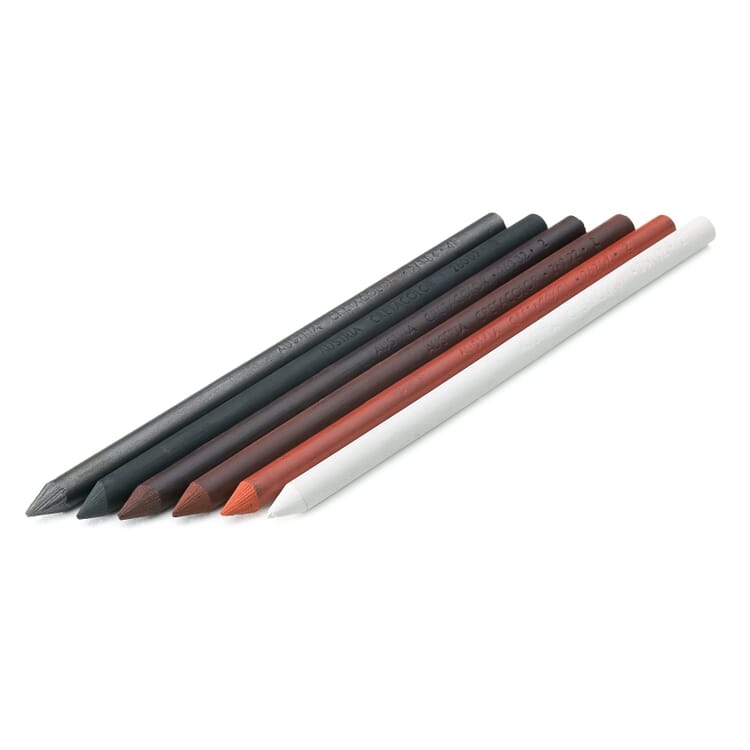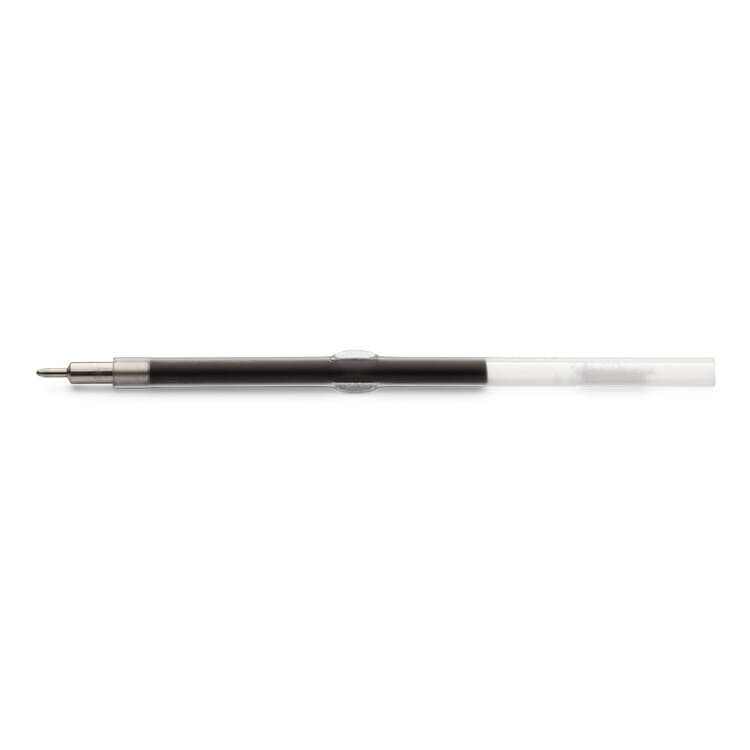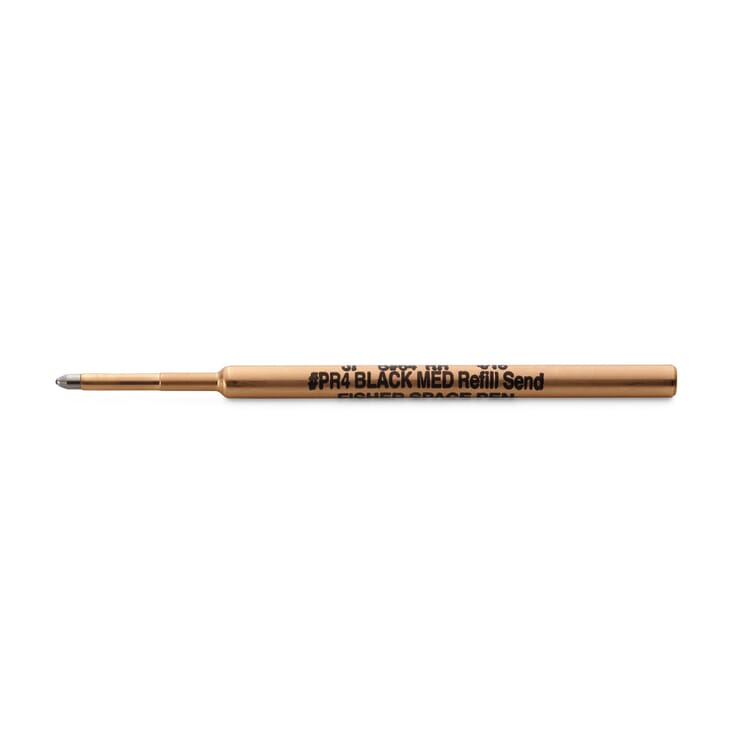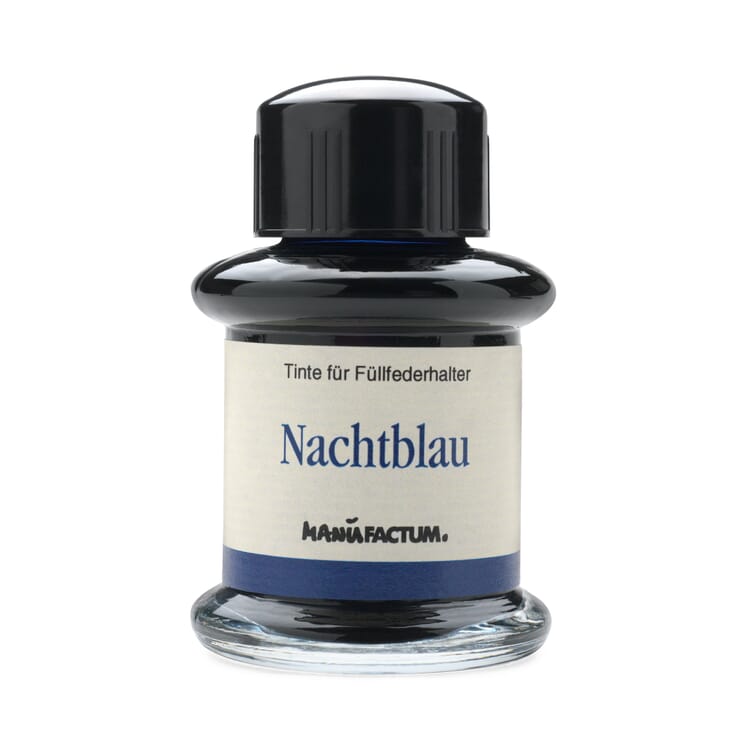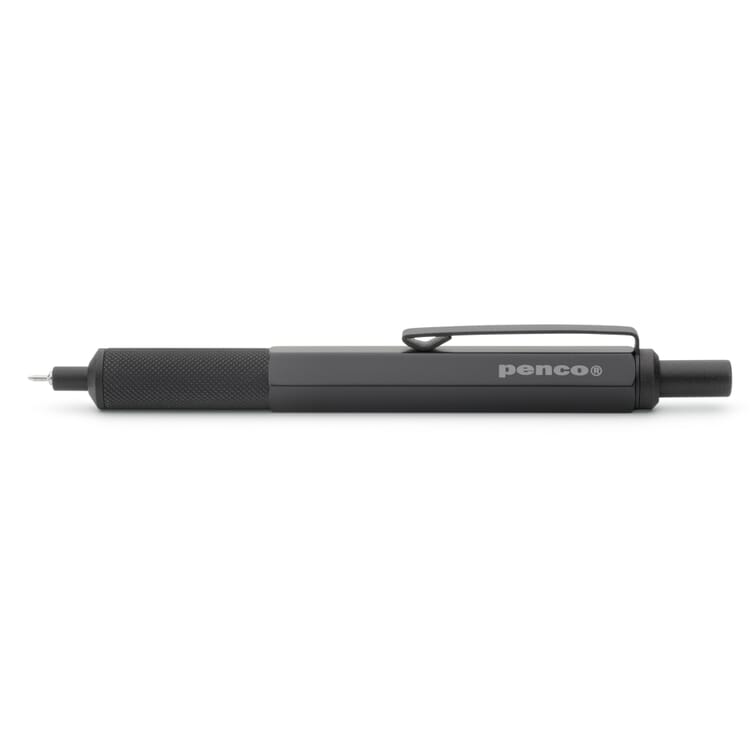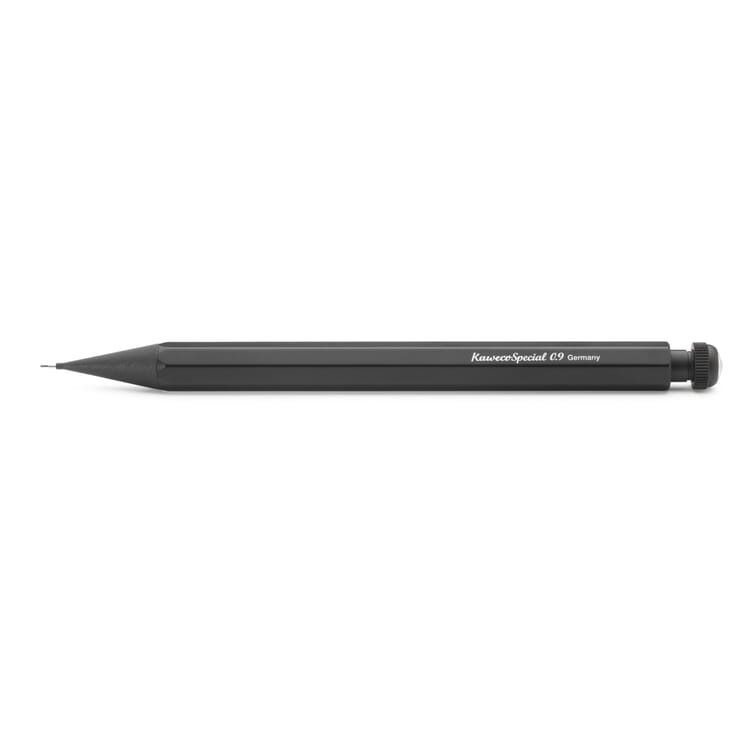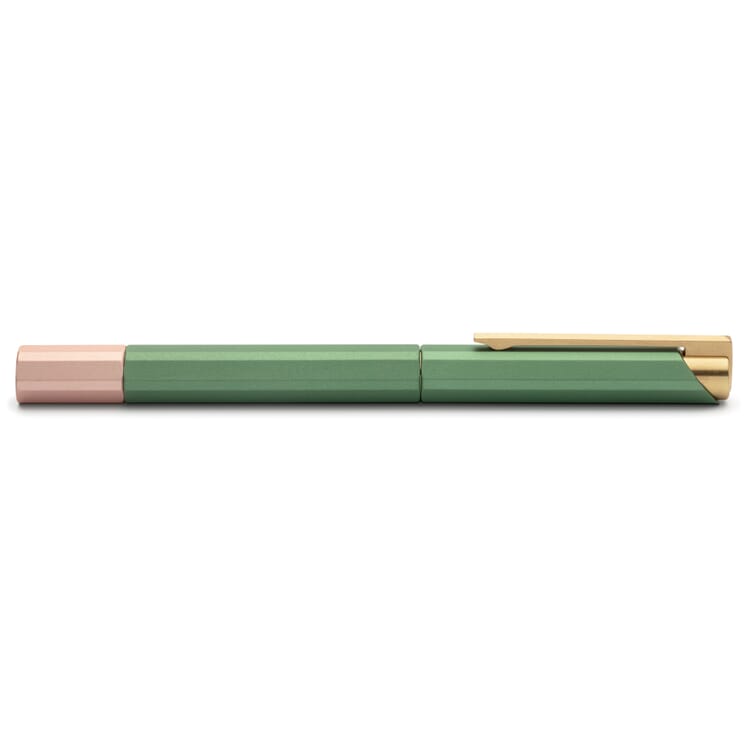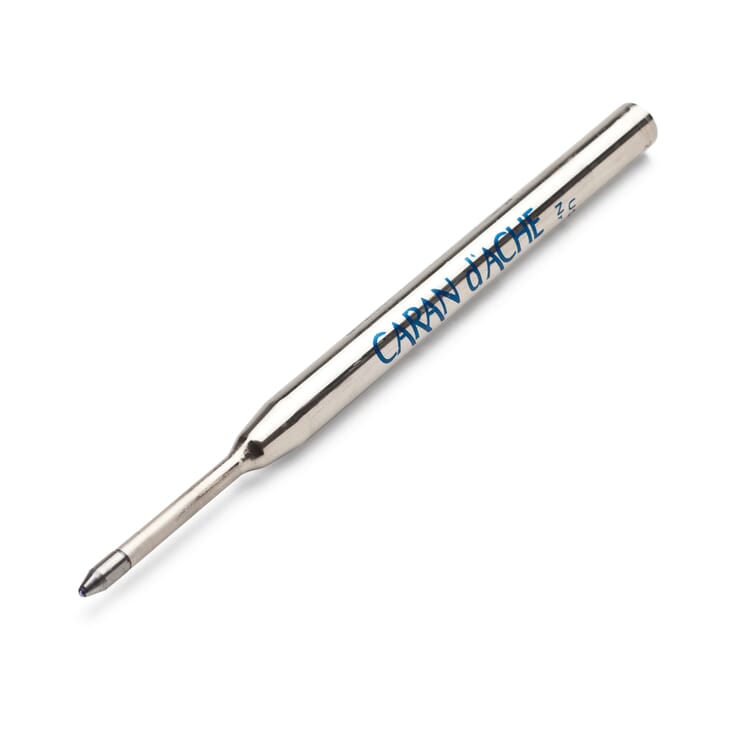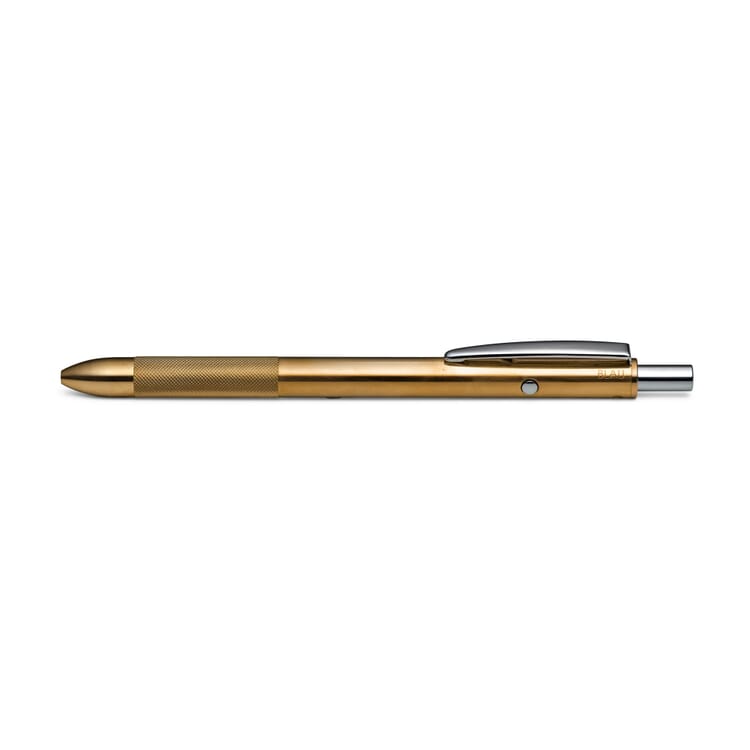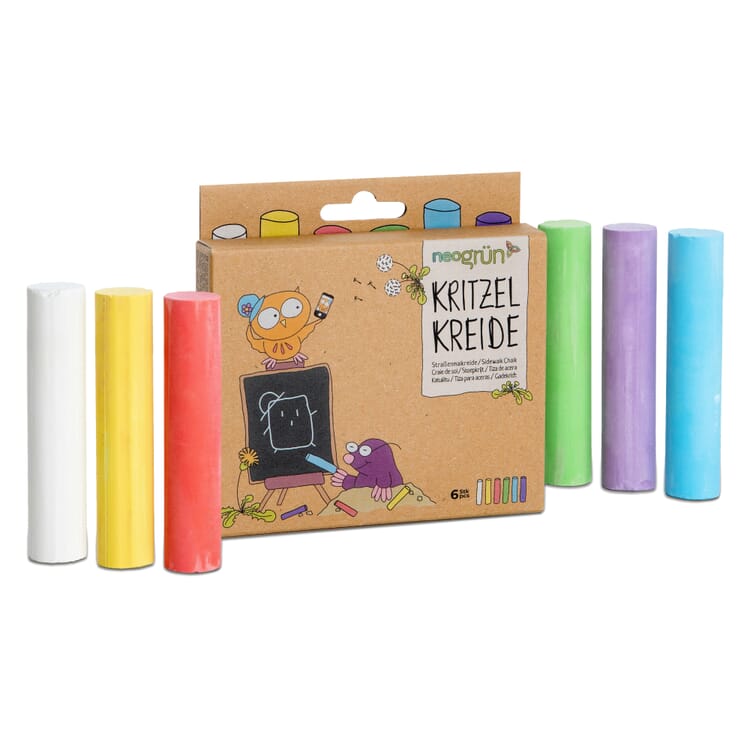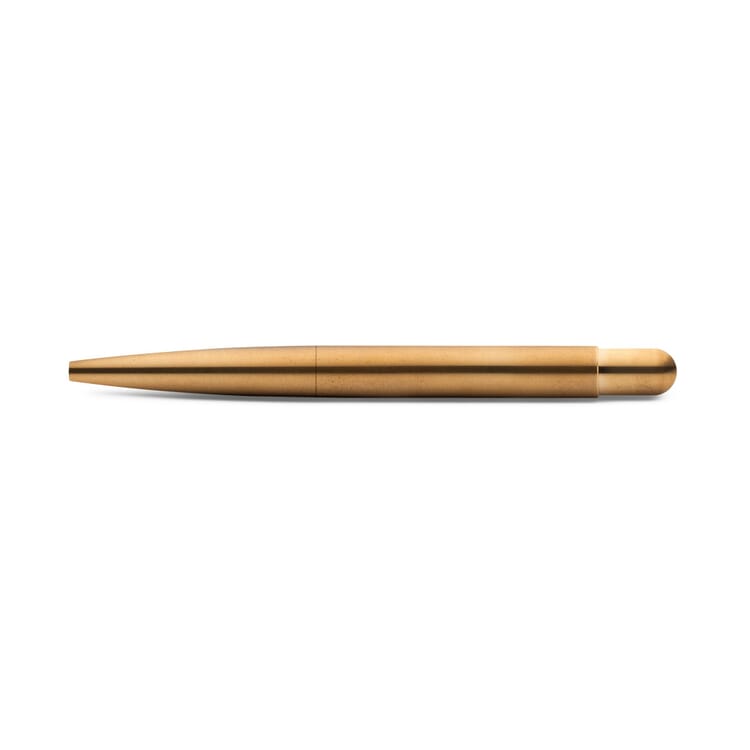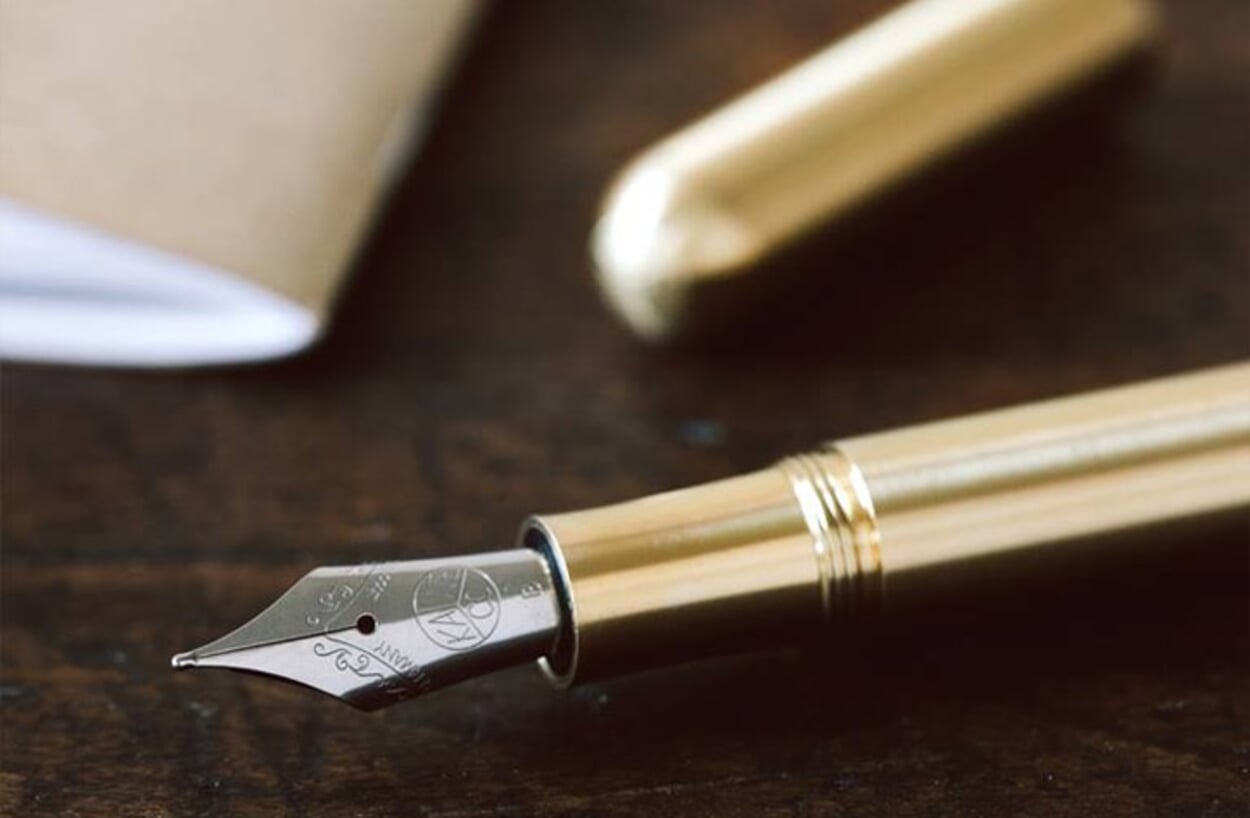Writing Implements
An idea or plan that’s not put to paper runs the risk of being forgotten. Writing is one of the most important skills man has developed in the course of evolution. For historians, the advent of writing marked the start of the cultural epoch Read More
Ideas & Advice
Fine Writing Implements. To Stimulate Stylish Expression.
An idea or plan that’s not put to paper runs the risk of being forgotten. Writing is one of the most important skills man has developed in the course of evolution. For historians, the advent of writing marked the start of the cultural epoch in which we find ourselves today. It was the skill of laying down language in written form and thus hindering advances from sinking into oblivion that enabled modern civilisations, and with them their culture and technology, to develop. "Without writing, you cannot think; at any rate, you cannot think in an exacting, intelligible manner," concluded social theorist Niklas Luhmann.
However, just as we need the art of writing to give our fleeting thoughts an existential framework, the actual act of writing requires appropriate tools as a basis for its existence. According to a Chinese proverb, "the faintest ink is more powerful than the strongest memory". But even the faintest ink loses its value without an appropriate writing utensil. Indeed, only a pencil, brush, ballpoint pen and fountain pen can kindle the fire that our mind burns for every day.
Therefore it is only logical that we want to support this process with high-quality, technically sophisticated writing utensils. The advantages are obvious: A well-designed pen is comfortable to hold and guarantees fatigue-free writing. Robust materials provide a long life. And high-quality mechanics ensure specific utensils are ready for use at all times. Whether you’re poring over documents at your desk, jotting down ideas or capturing travel experiences – Manufactum’s product range has just the right utensil for every occasion and all the accessories – pen case, ruler, rubber –, or whatever else you might need. Whichever realms your stream of thought may take you to, with a trusted sound companion in your pocket, you’ll always be optimally prepared.
Means to an end. Writing utensils for tackling any challenge.
Have you ever noticed that some people have the knack of producing the perfectly penned piece of writing? In the follow-up, I asked myself why the last birthday card I wrote looked like it had been finger-painted by a six-year-old. One tends to believe the reason why is a lack of the necessary artistic talent. And perhaps that’s right. But it’s also possible it’s simply a question of the right or wrong pen. In this case, it might not be particularly difficult to remedy a surmised inherent inability to write neatly. Considering every one of us has his very own character, the same applies to each member of the pen family: every one of them has its very own disposition.
Top of the class.
The fountain pen is the aesthete among writing utensils and is said to guarantee an impeccable handwriting style. The reason for this is its flexible nib which reacts to the respective user and effortlessly brings to paper even the most elegant, sweeping lines. If pressed too hard, however, it can damage the structure of the paper. This is why school children only start using ink pens after they have mastered the art of writing. Writing with a fountain pen requires patience. Ink is usually water soluble and dries slowly so that it can run or smudge. This is especially problematic for left-handers who inevitably move their hand across the wet letters when writing. Nonetheless, the fountain pen is ideal for personal correspondence: letters, greeting cards and journals.
Jack of all trades.
If you need a versatile and indestructible companion, the ballpoint pen is your best choice. Its special ink paste is usually permanent and quick to dry, which is why it usually only smudges when used on unsuitable surfaces. Its ink chambers are the highest-yielding in the entire writing utensil cosmos, making ballpoints especially suitable for prolific writers who are not primarily concerned with writing beauteously. But there’s one thing you should remember: Mistakes made with a ballpoint pen cannot be corrected. The permanence of the ink, while necessary for contracts, can mean you end up spending a fortune on greeting cards if you make too many slips of the pen.
Éminence grise.
The pencil is the influential gentleman in the background. With its clay and graphite core, it is the ideal candidate for sketches, drawings and notes. It often draws up plans and drafts, other implements are then responsible for the final product. The pencil is never on its own – rubber and pencil sharpeners are at hand with every dot and dash. It comes clad in wood, or there’s the mechanical version. The harder the pencil’s lead, the lower its opacity and the higher its smudge resistance.
The artists in residence.
The motley crew of colourful brush pens, watercolour pencils and coloured pencils makes a perfect team with the artistically inclined. Whether calligraphy, paintings, sketches or mixed media with and without the use of water – if it’s pictures and not just letters you want to create, you’ll find the right companion here. But not only designated artists do appreciate this range and variety of implements and hues. They are also valued by editors who use them to colour-code text passages and highlight corrections.
Skilfully presented letters. An introduction to creative letter art.
The trend in creative letter art is perhaps rooted in our digital age. Generally, we write less and less by hand. And even if it makes little difference to content whether we write something on a computer or by hand, the desire to give words – their meaning and stature – a personal form of expression is understandable. To balance power, so to speak – like Yin and Yang. Over and above, letter art simply is a pleasurable activity. Be that as it may, painting words or short quotations has become increasingly popular as a hobby, and sophisticated writing utensils help produce the required quality. You just have to get started:
- Choice of the pen: A good lead pencil is essential. You need one for sketches and preparing initial drafts. A mechanical pencil has the advantage that it doesn’t need to be sharpened. The rest of your pens can be chosen as you fancy. What do you like writing with best? Which pens are most comfortable to hold? A fine rollerball pen is good for outlining. Brush pens or quills produce a beautiful calligraphy style but require a little practice. Try out different pens to see what you can work best with, and then put together a selection of your favourites.
- Stationery: Letter art paper should be of high quality, smooth and not too thin. Experienced letter artists like to use parchment-like vellum paper or thin drawing cardboard. Elegant notebooks are ideal for sketching and archiving – you can keep all your ideas in one place and refer to them time and again. And last but not least, squared or lined paper helps you practice drawing straight consistent lines.
- The movement of the hand: It’s worth practising a little before starting a new project. The best way to do this is to fill a few lines with strokes, curves and shapes that are as consistent as possible. The size and distances between each character should be similar. This trains the eye and eye-to-hand coordination.
- Finding an idea: Try out different techniques and styles. Choose a word and put it to paper in as many variations as possible – freely and at will. It’s surprising how many ideas you come up with if you give both hand and brain free rein.
- Production: Now you’re ready to complete your first piece of letter art. What do you want to do? Find a word or short quotation you wish to work with, and then look at your letter art experiments for suitable examples. In an initial draft, sketch various fonts to create a picture. Don’t be afraid to combine very different styles or arrange individual letters on top of or under each other. How does the combination work? Could you add a small picture, or do the letters speak for themselves? Once you’ve chosen a final version, outline the pattern with a fine rollerball pen and then erase the pencil lines. What’s left to do is adding the details: Increase line thickness, add colours and shading – and there you have it!
When you take a look at your finished piece of work, don’t forget to give yourself the praise you deserve! Take pride in your accomplishment – it’s an expression of your very own artistic talent.
An author’s worst nightmare: writer’s block.
High-quality writing utensils may greatly facilitate the writing process if they’re easy to use and reliable in their functionality. However, sometimes the writing problem might be a psychological one. Writer’s block frequently rears its ugly head when you’re required to demonstrate your skills. When you’re writing a novel, song lyrics, an academic thesis or dissertation – it suddenly appears, but never as an invited guest. In other words, it is the gate crasher par excellence. When it turns up, it attacks the language-filled buffet of the writer’s thought processes, devouring existing phrases, swallowing up expressions, and completely ruining the atmosphere. Its victims turn around in circles until they are dizzy, losing their train of thought, unable to articulate the most simple of ideas. And even the most beautiful, the most elegant of pens is unable to wrest the tormented writer from the inspiration-less claws of such a force. Does this sound familiar? Don’t you worry! You’re in good company: Samuel Beckett, Franz Kafka, Marcel Proust, Arthur Rimbaud, Stephen King, J.R.R. Tolkien, Robert Walser and Douglas Adams – they’ve all been plagued at various points in their literary careers by writer’s block. It still didn’t prevent them from producing world-class literature. Maybe they used one of the following tricks to usher the unsolicited guest to the door:
- Take a break. When the words stop flowing, give them and yourself a short break. A walk in the fresh air can work wonders and clear your head.
- Take the plunge. If you don’t know how to start that doesn’t matter – you can always write that part later. Start where your ideas flow most freely – regardless of whether it’s at the beginning, end or in the middle.
- Go easy on yourself. Don’t get bogged down by unnecessary detail, especially at the beginning of a writing assignment. You can always revise and improve your text later. Try to keep up the flow of writing.
- Work in a structured manner. Do you know the "Viking method" – when you just start writing and see where you end up? The outcome may be surprising, but it’s rarely satisfactory. Consider what you want to say beforehand and structure your ideas. This stops you getting muddled in the middle of writing.
- Work in short bursts. Everyone knows that feeling of having to climb a mountain at the start of a new task. Just remember: Each journey, however big it is, starts with a small step.
- Read, read, read! Preferably texts written by different authors. It can be very inspiring and truly motivating to see how other writers formulate situations and use words.
- Change places or perspectives. Sometimes even the smallest change – geographical and intellectual – can have a big impact.
And if none of this works, try the free writing method. Spend a few minutes jotting down whatever springs to mind. After a thorough "clear-out", your thoughts might suddenly click into place: Your creative slowdown lifts and you can finally continue with your writing assignment.





